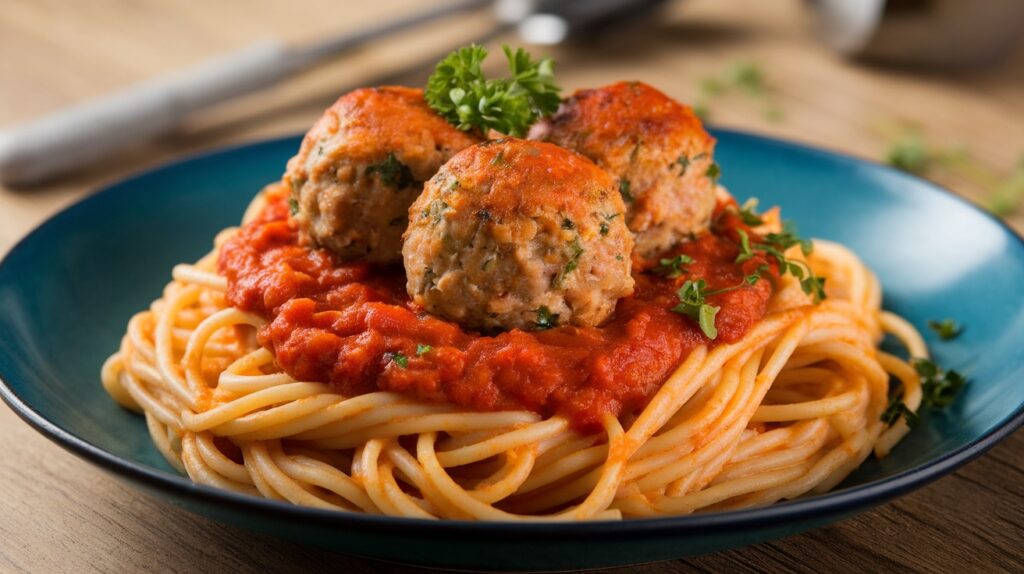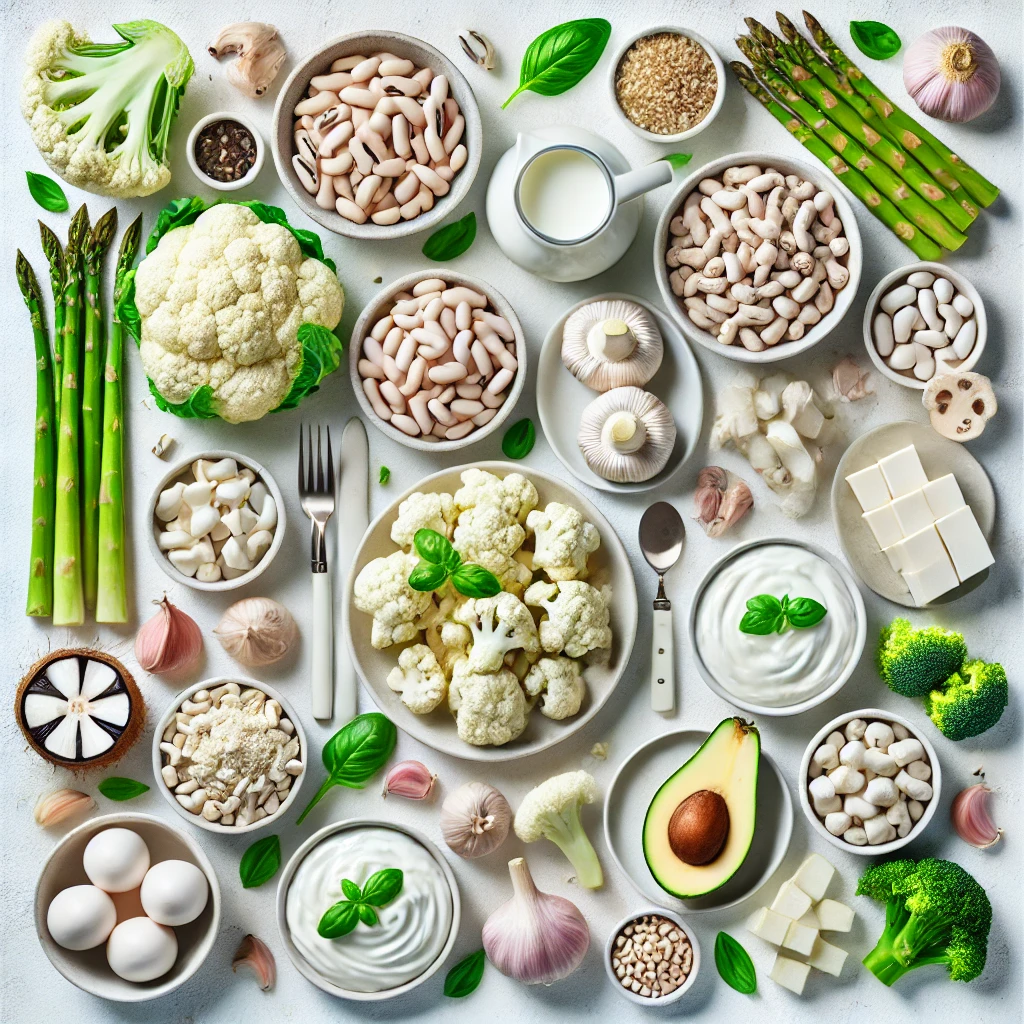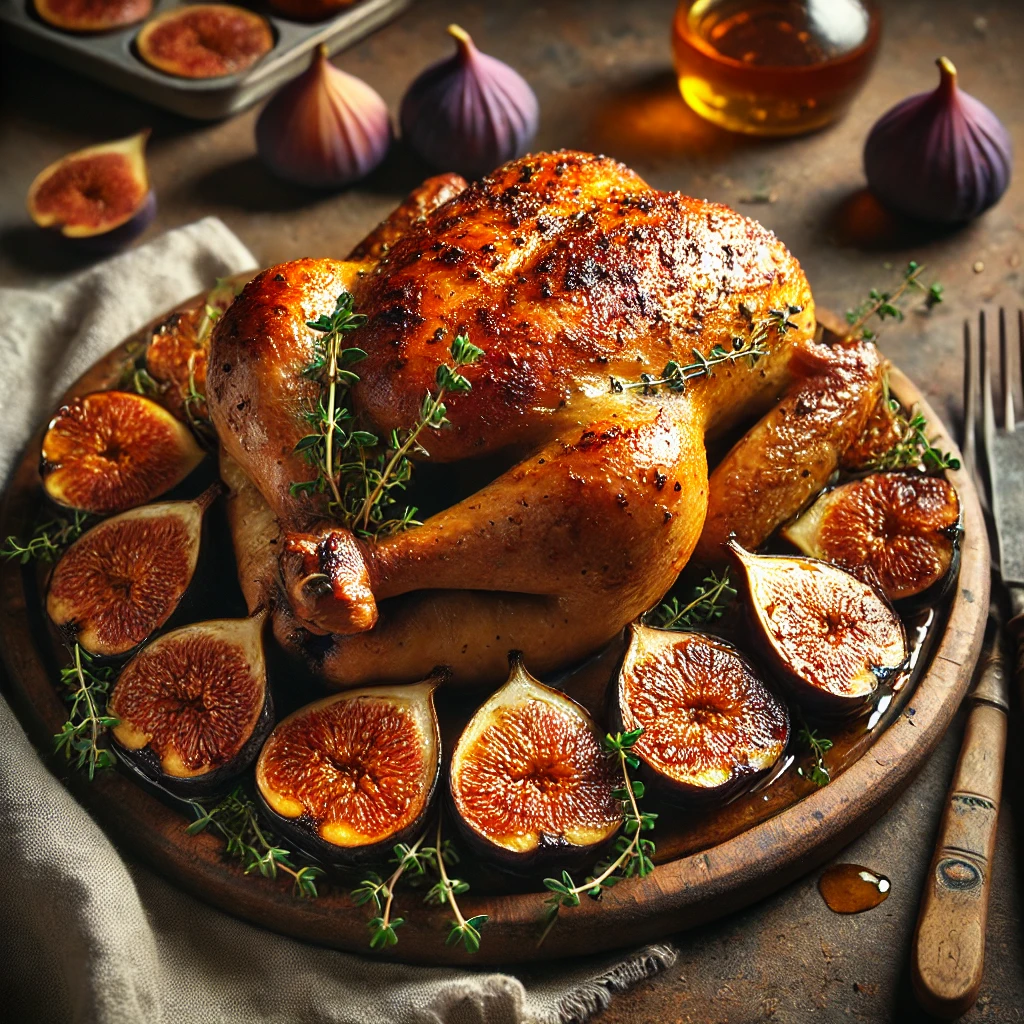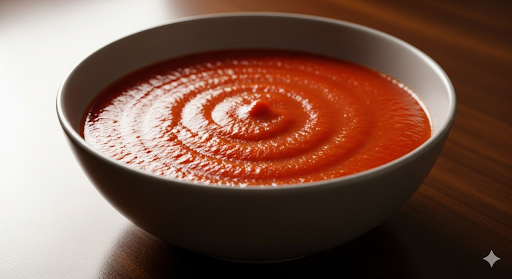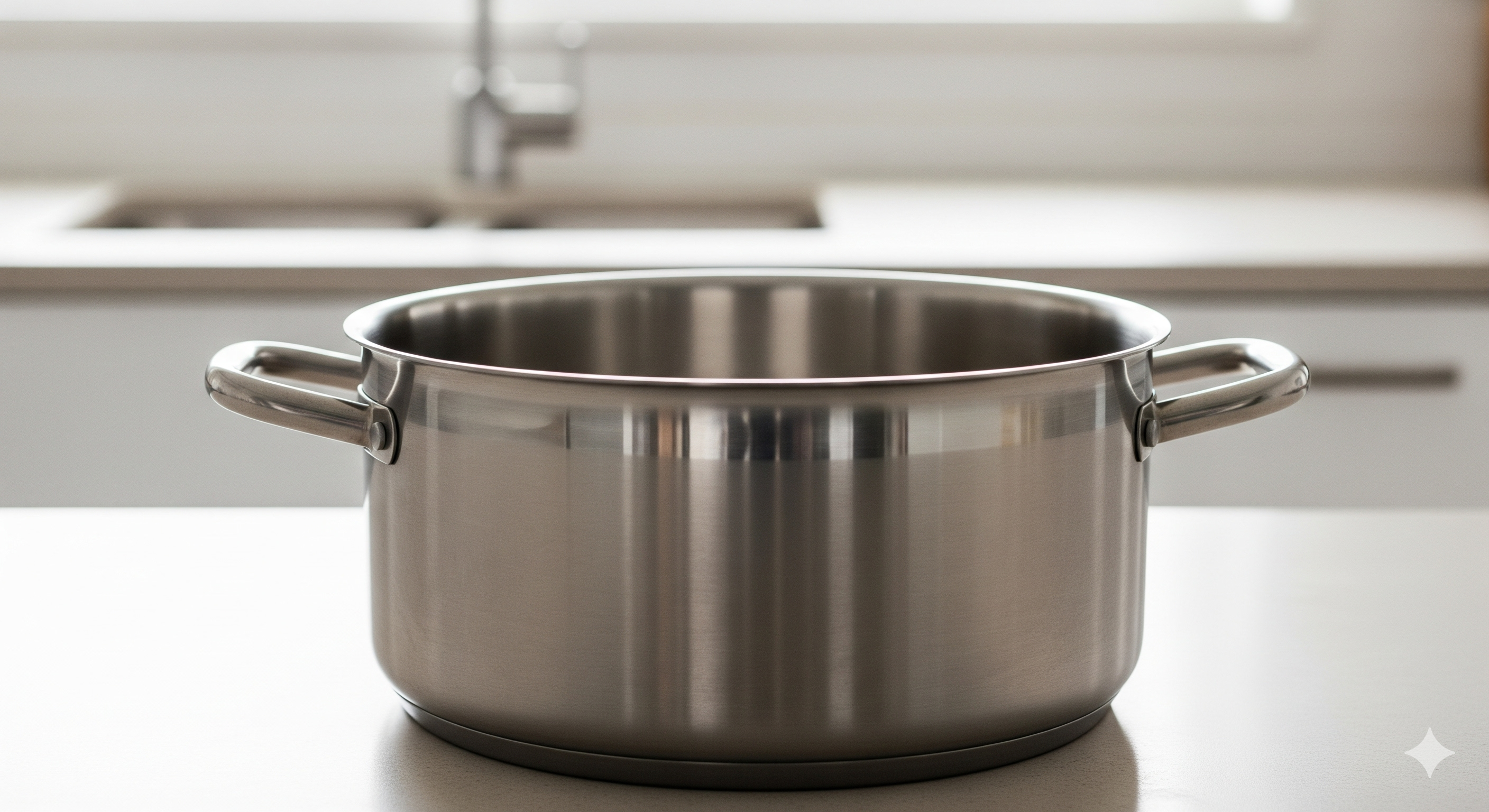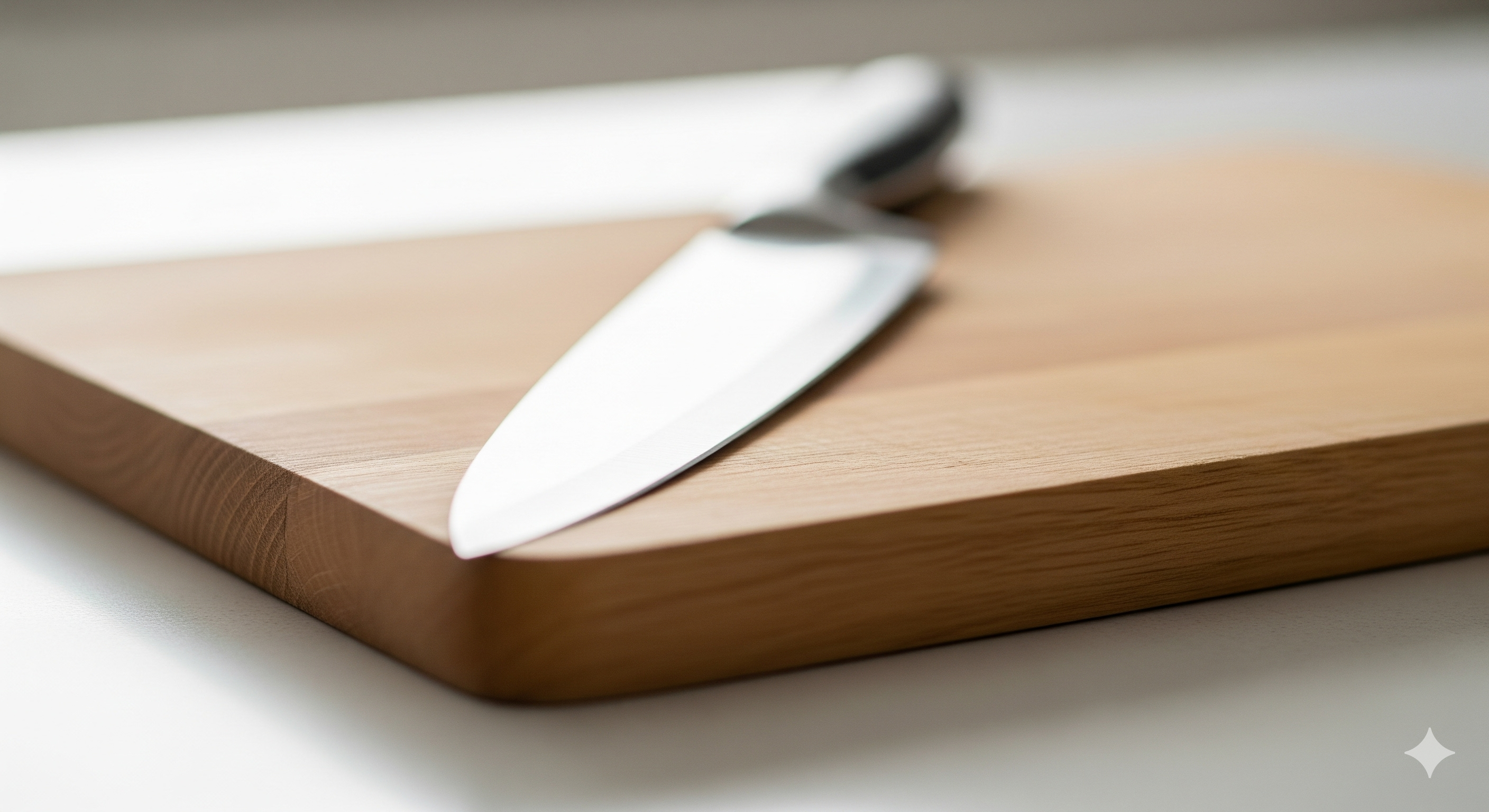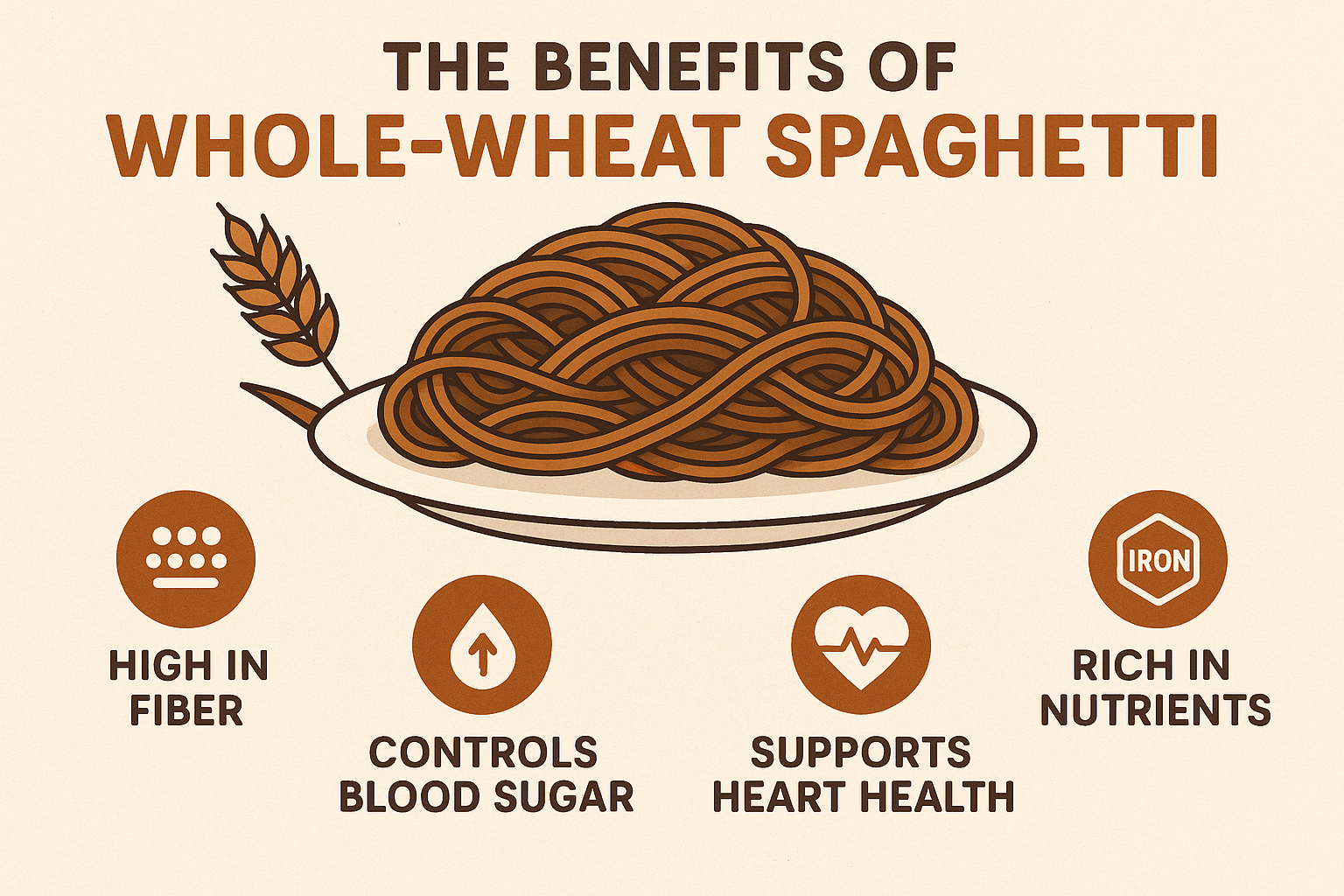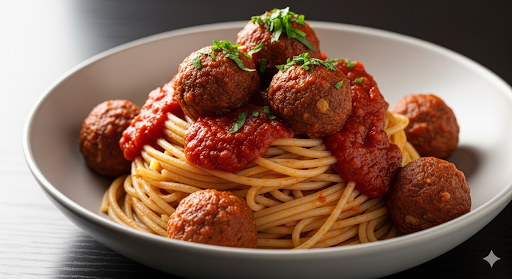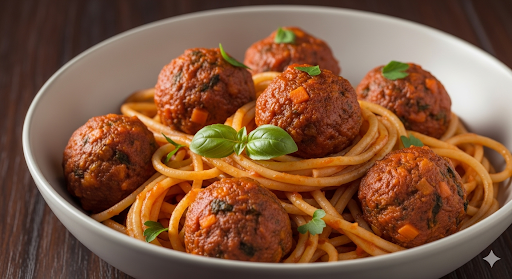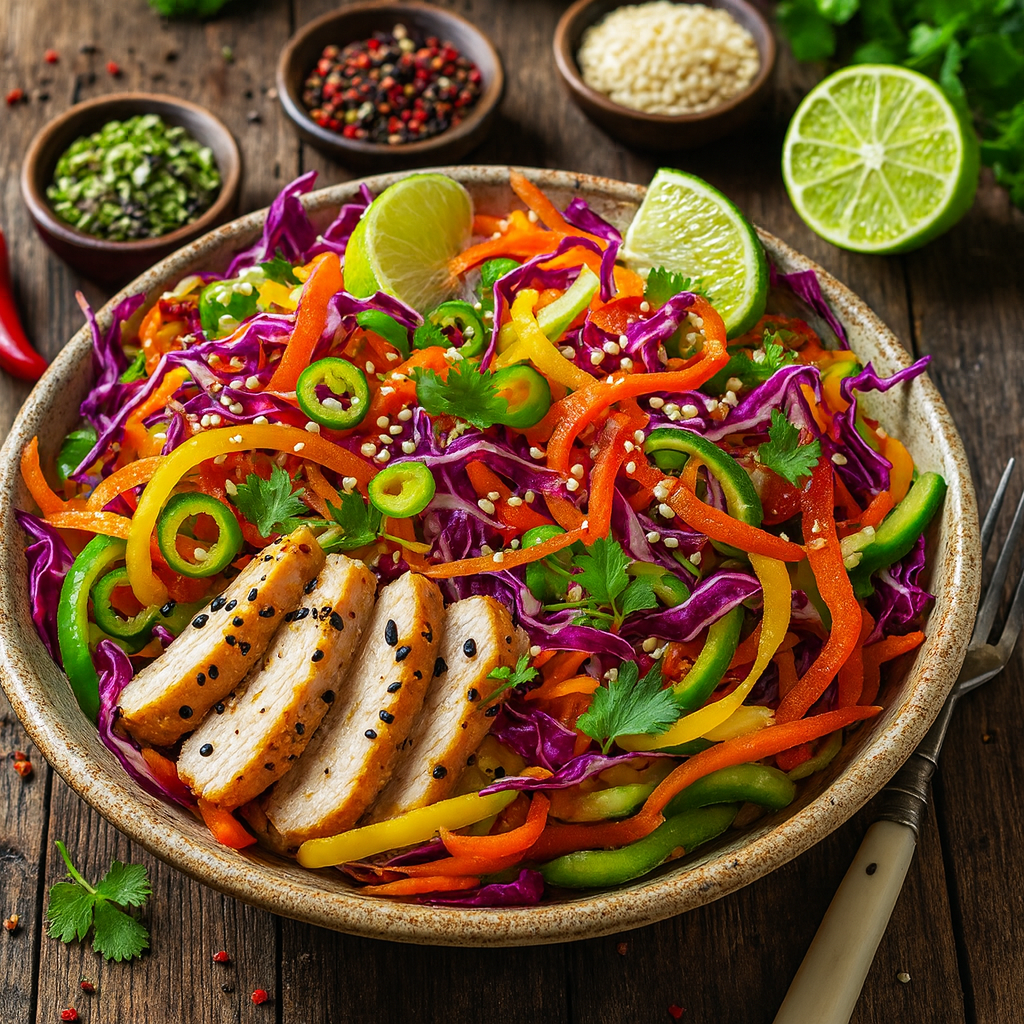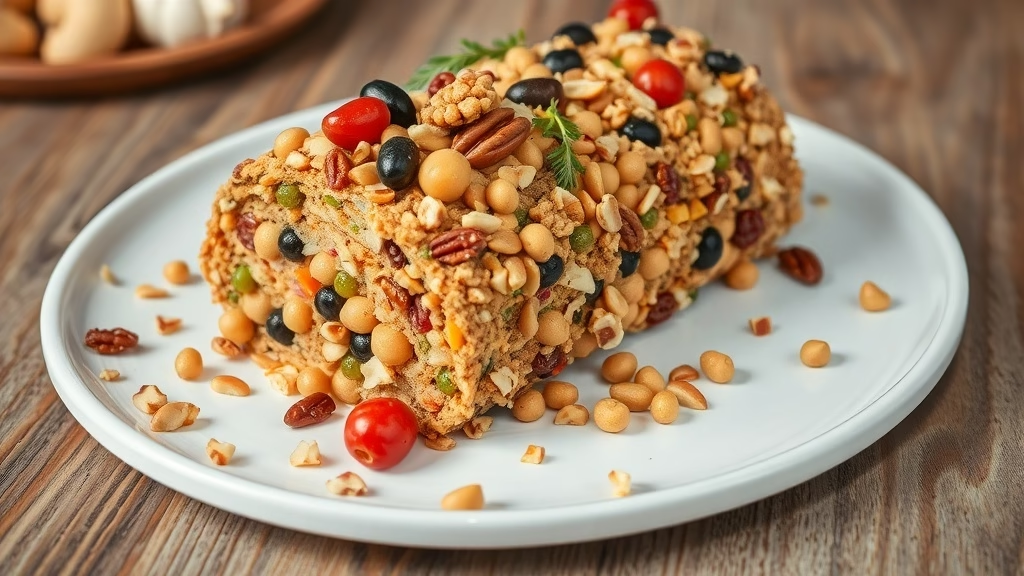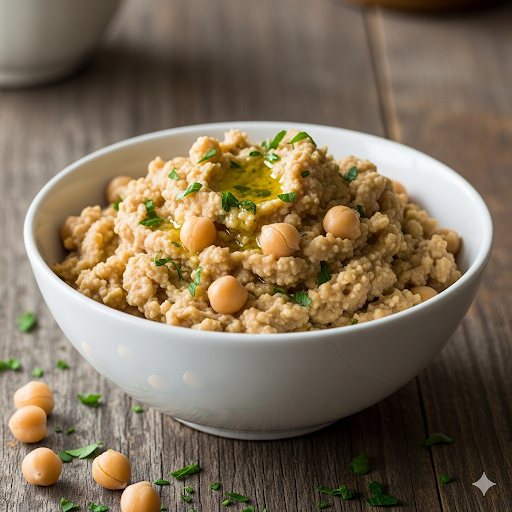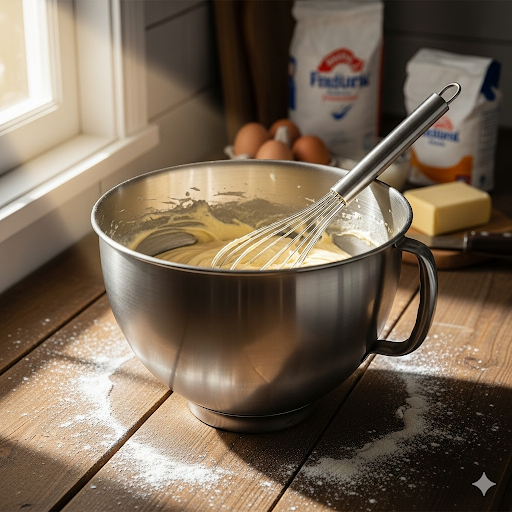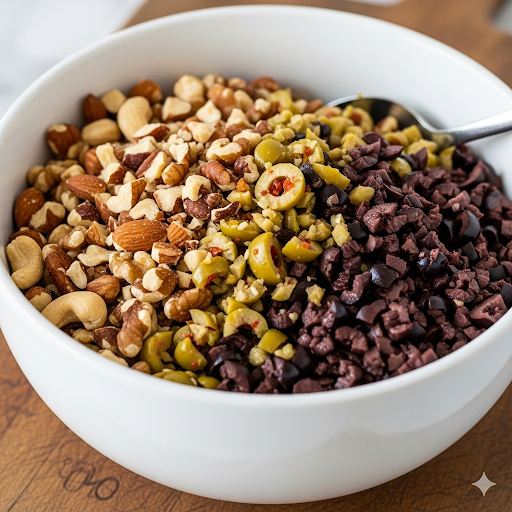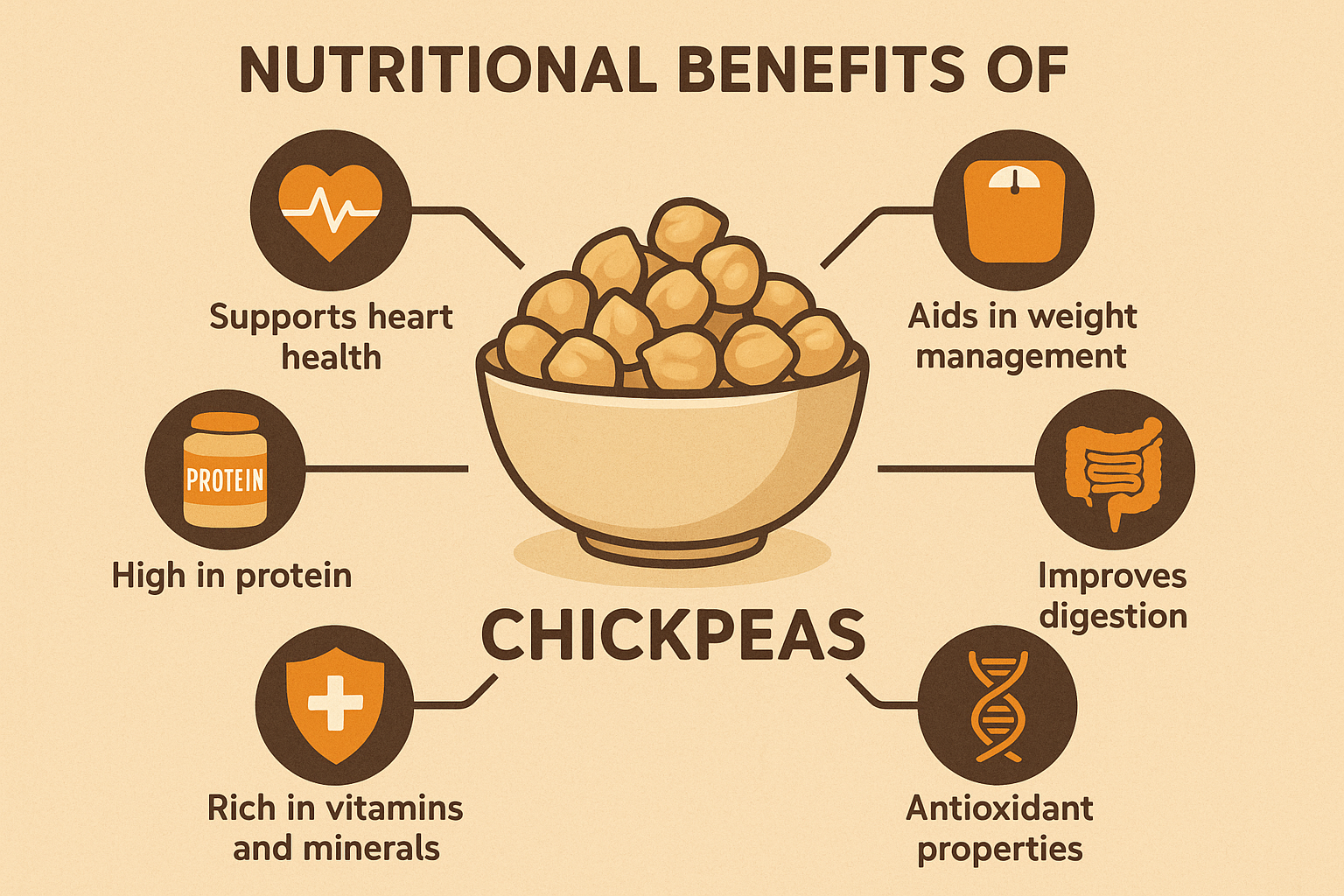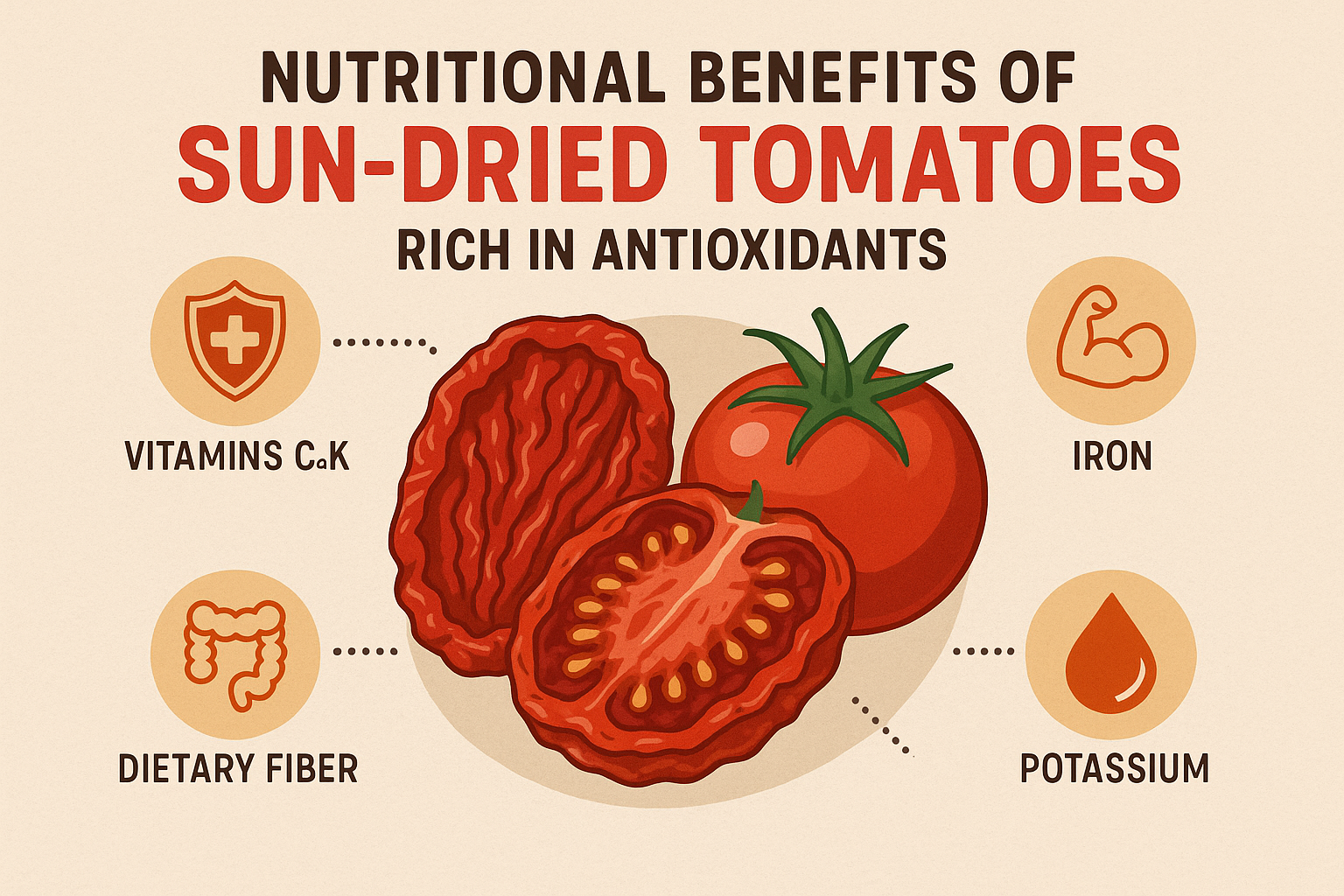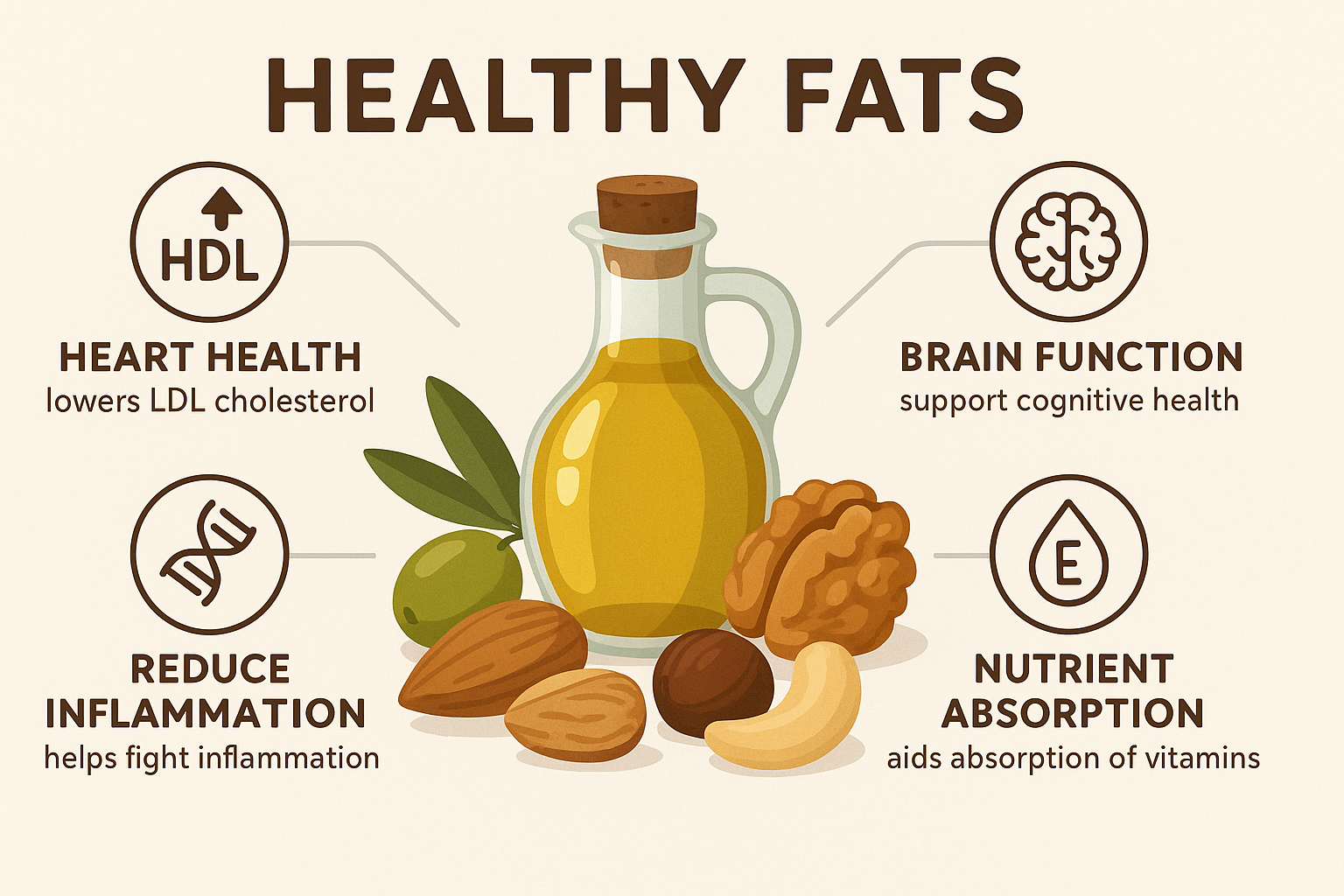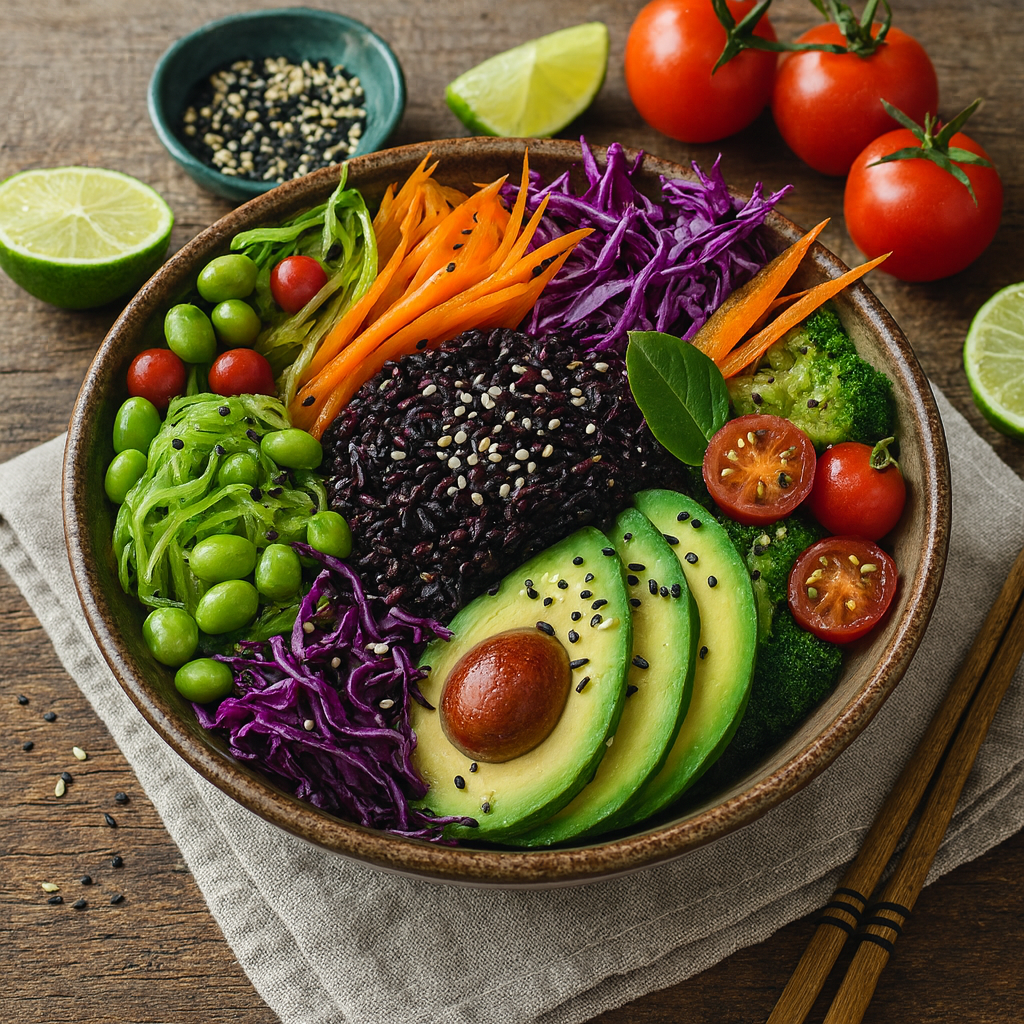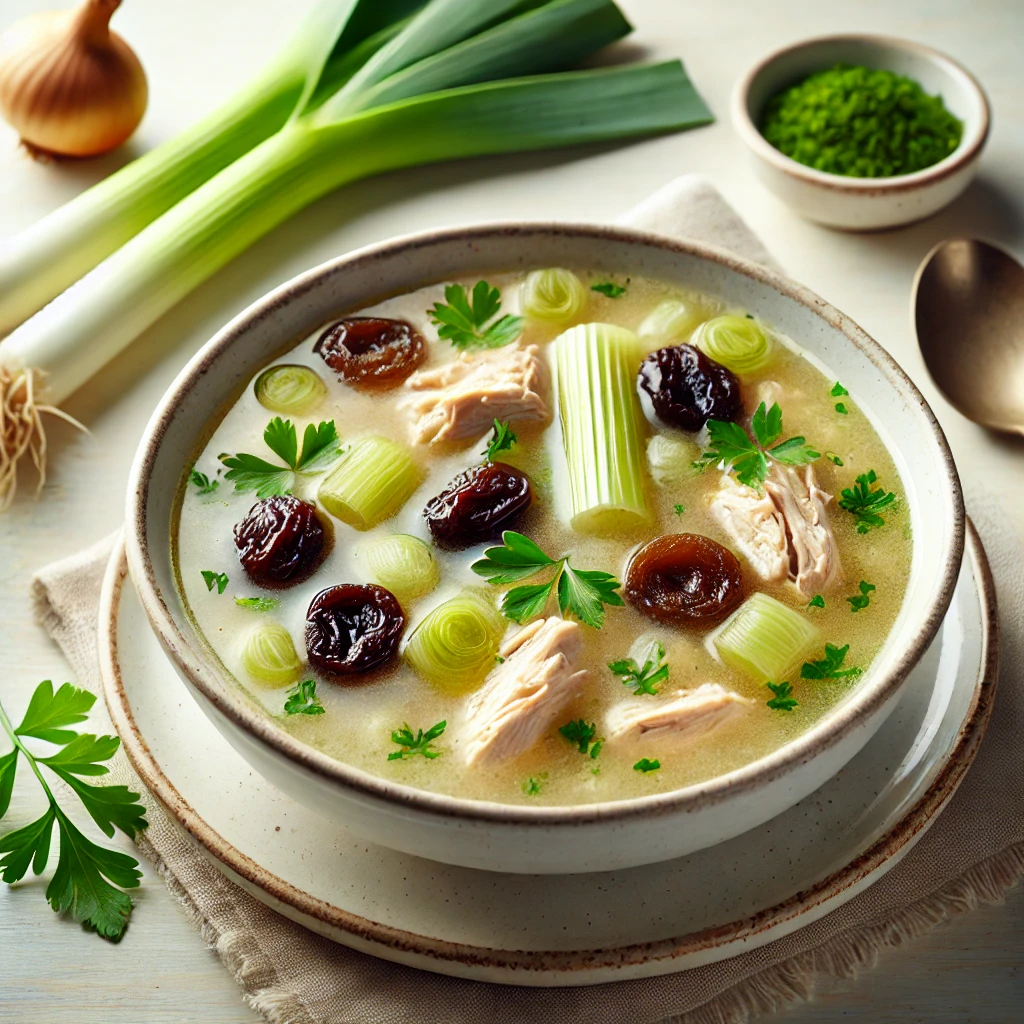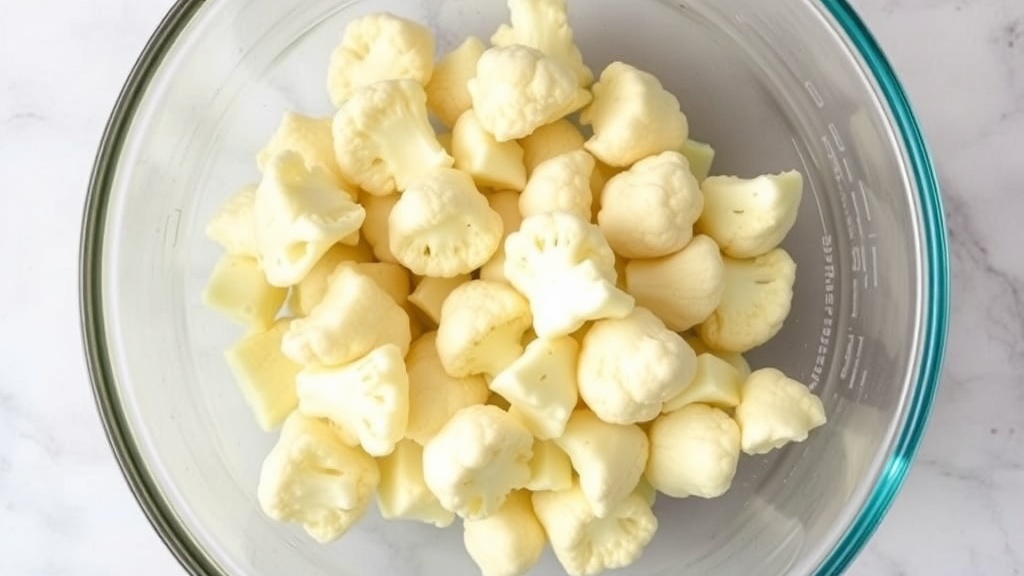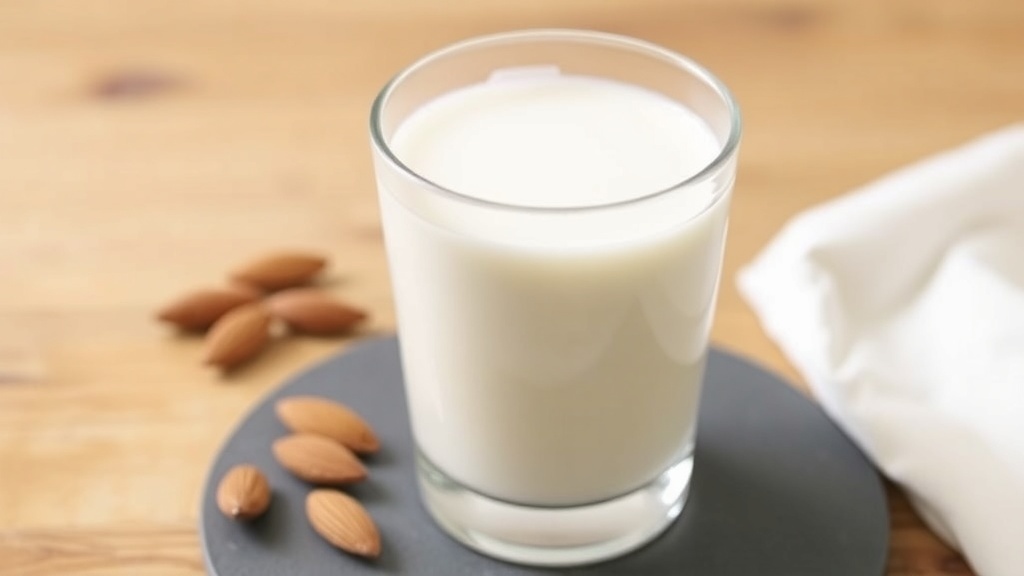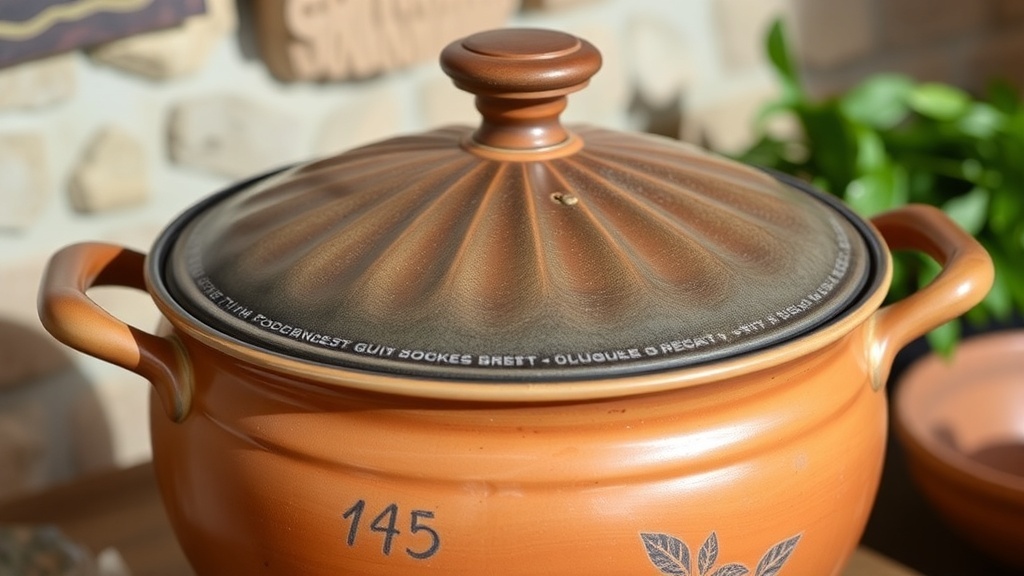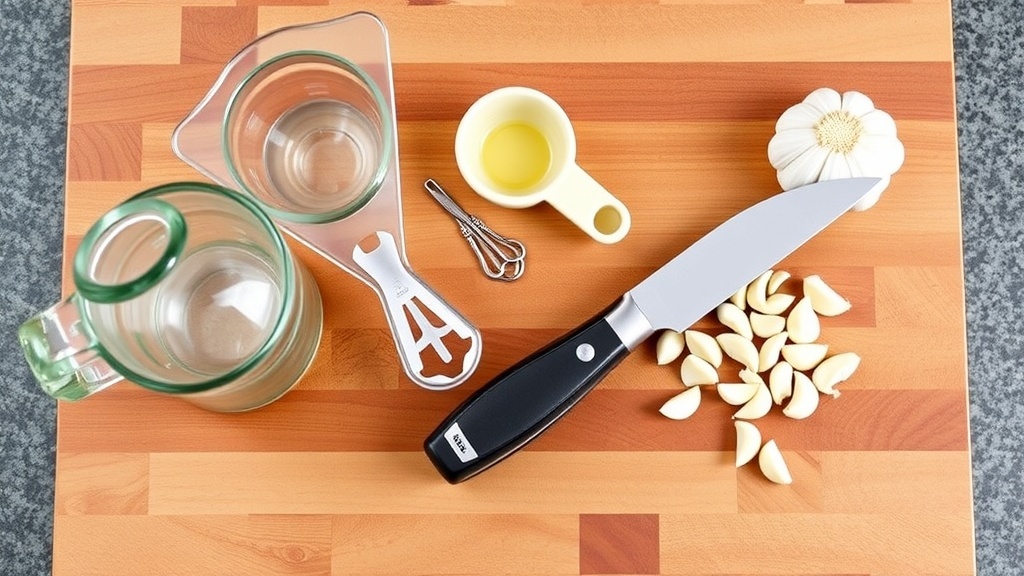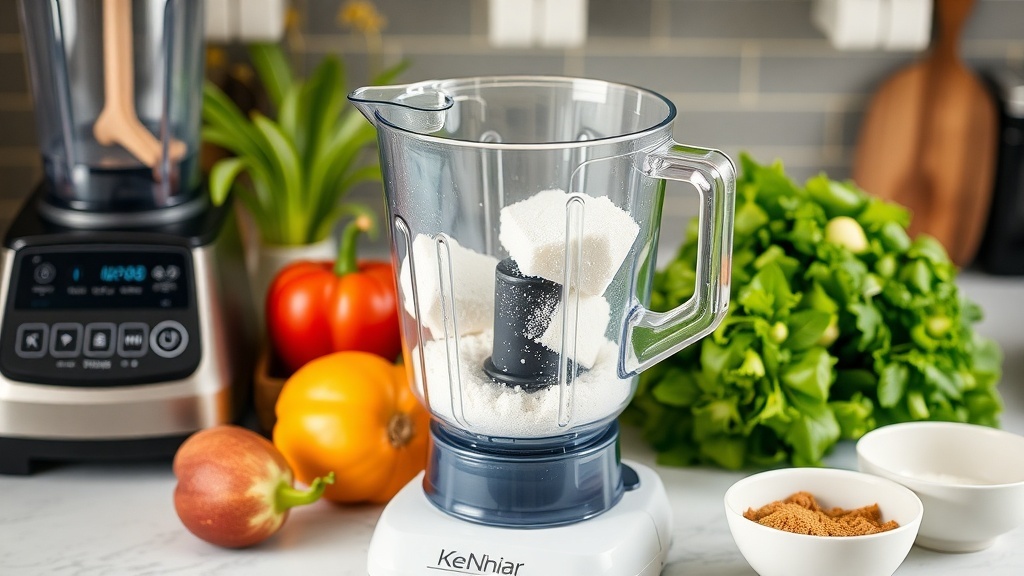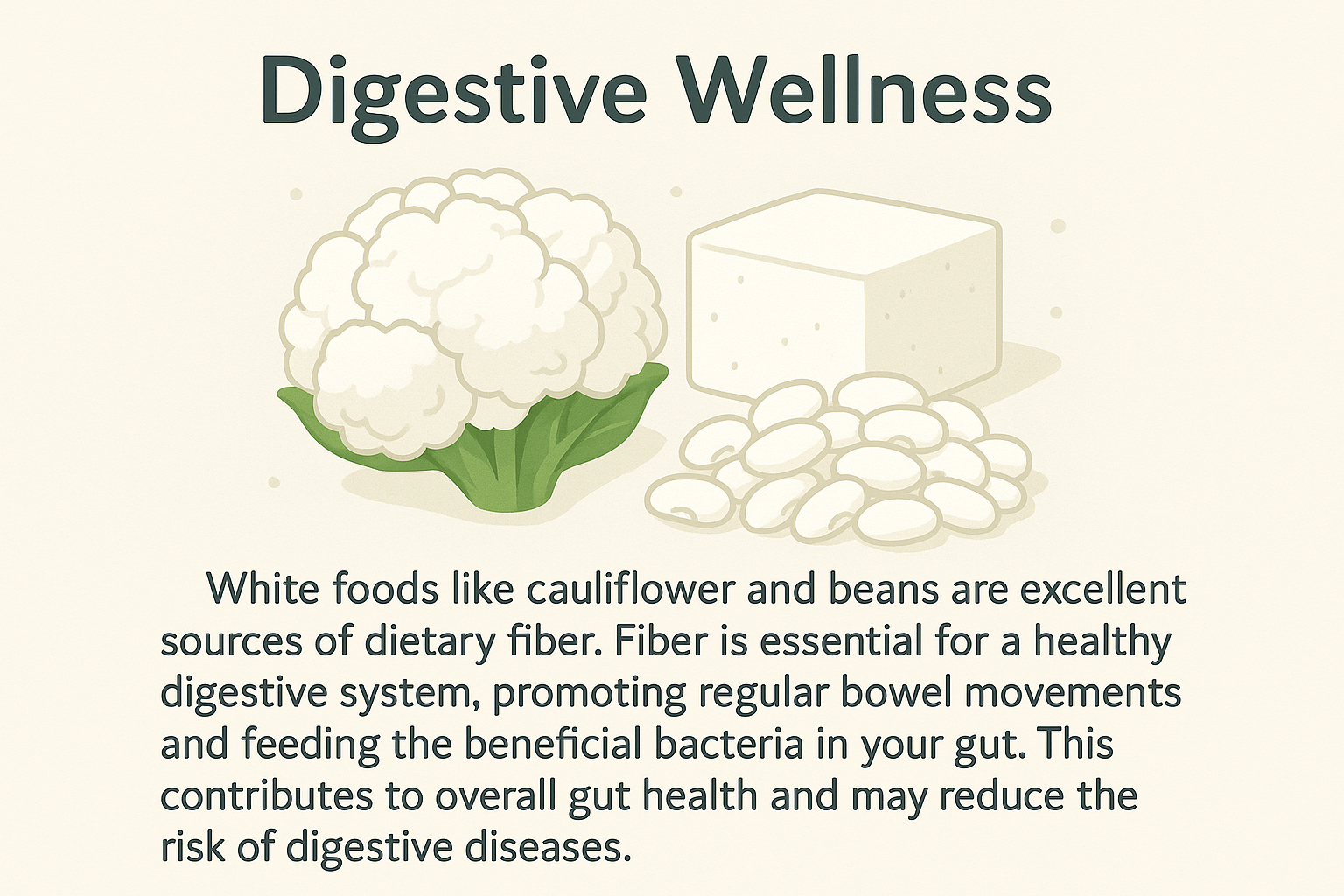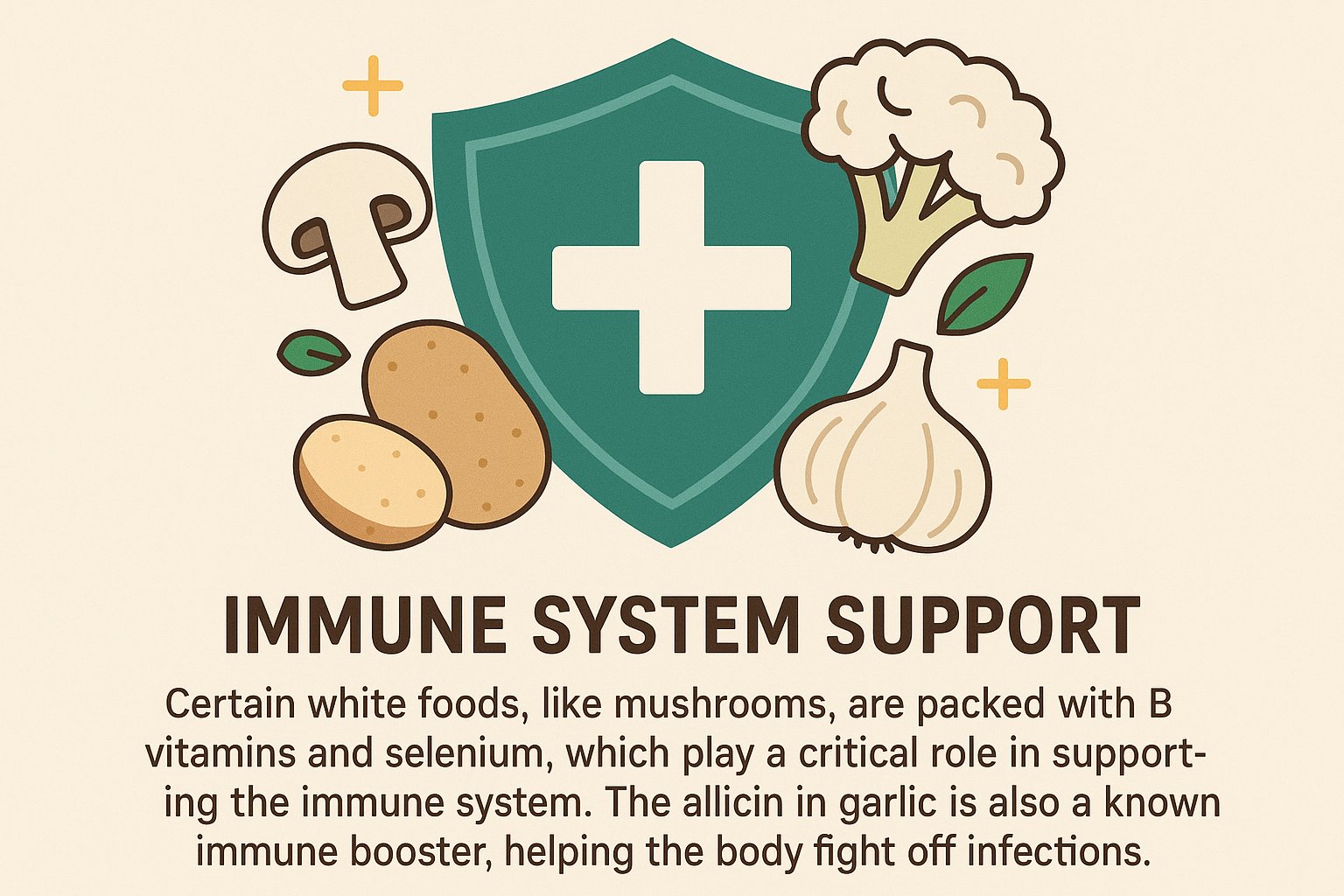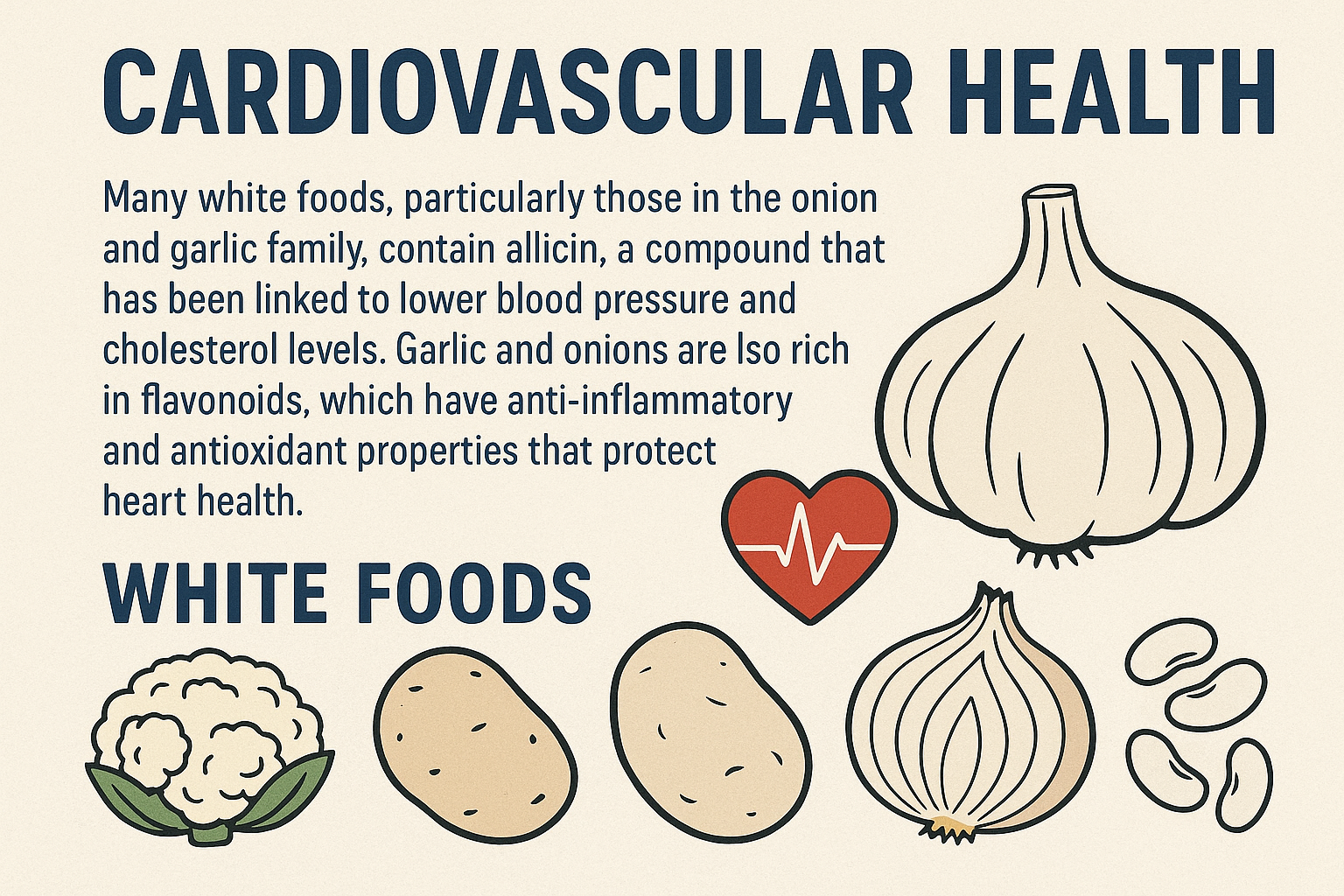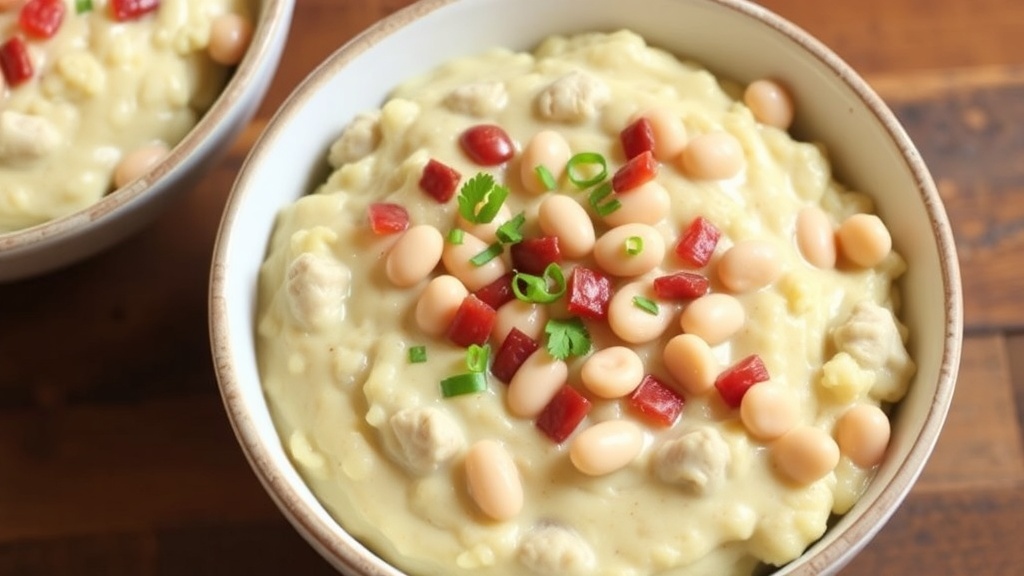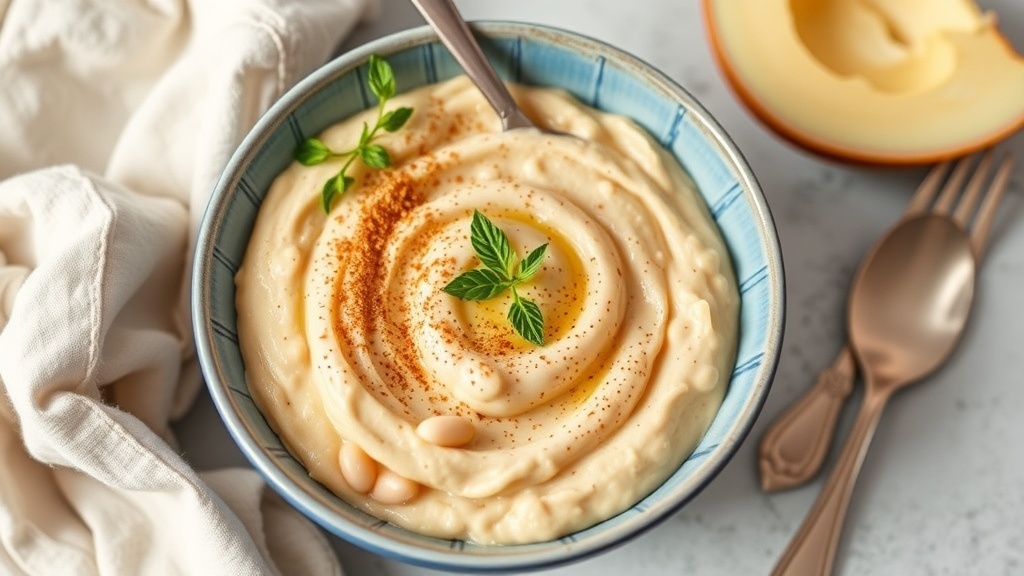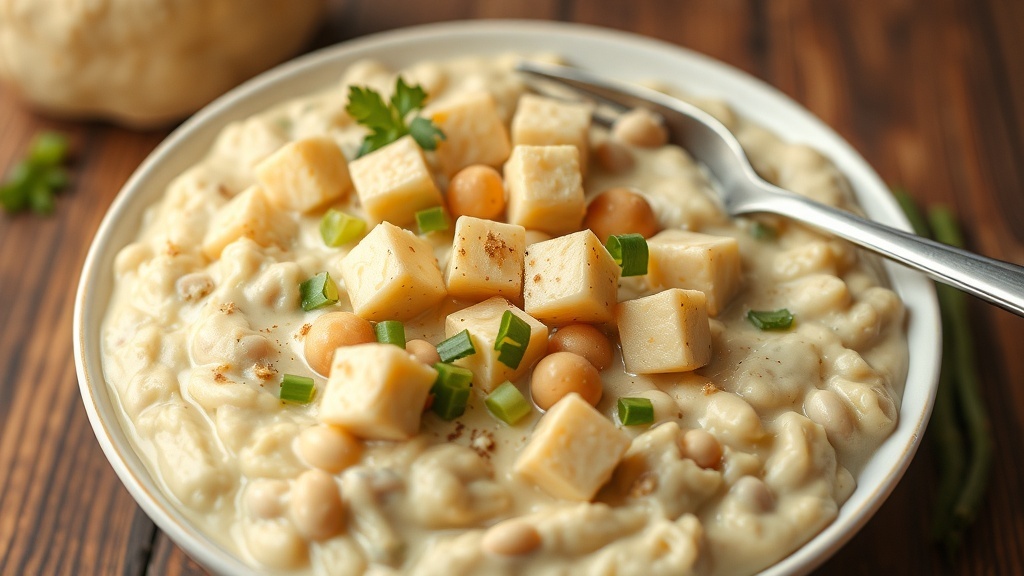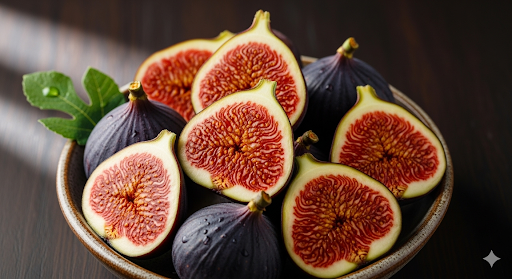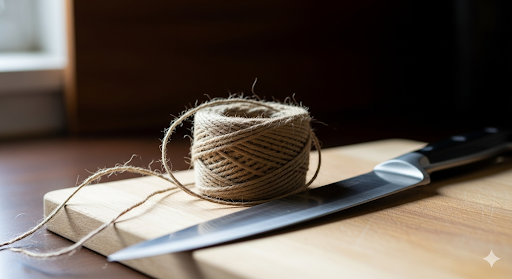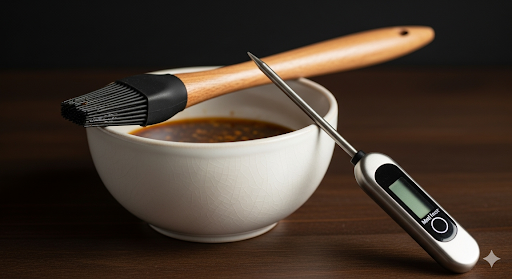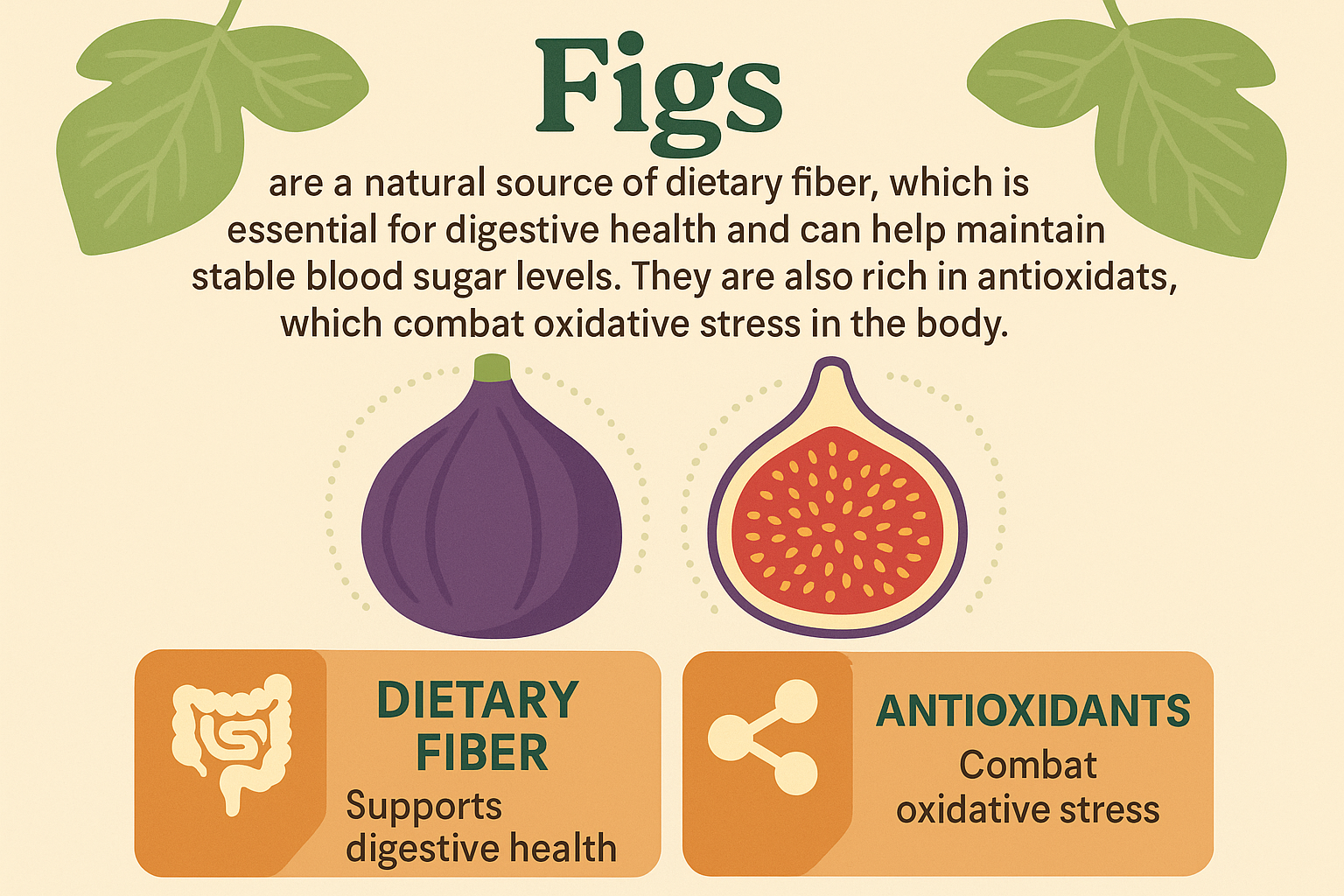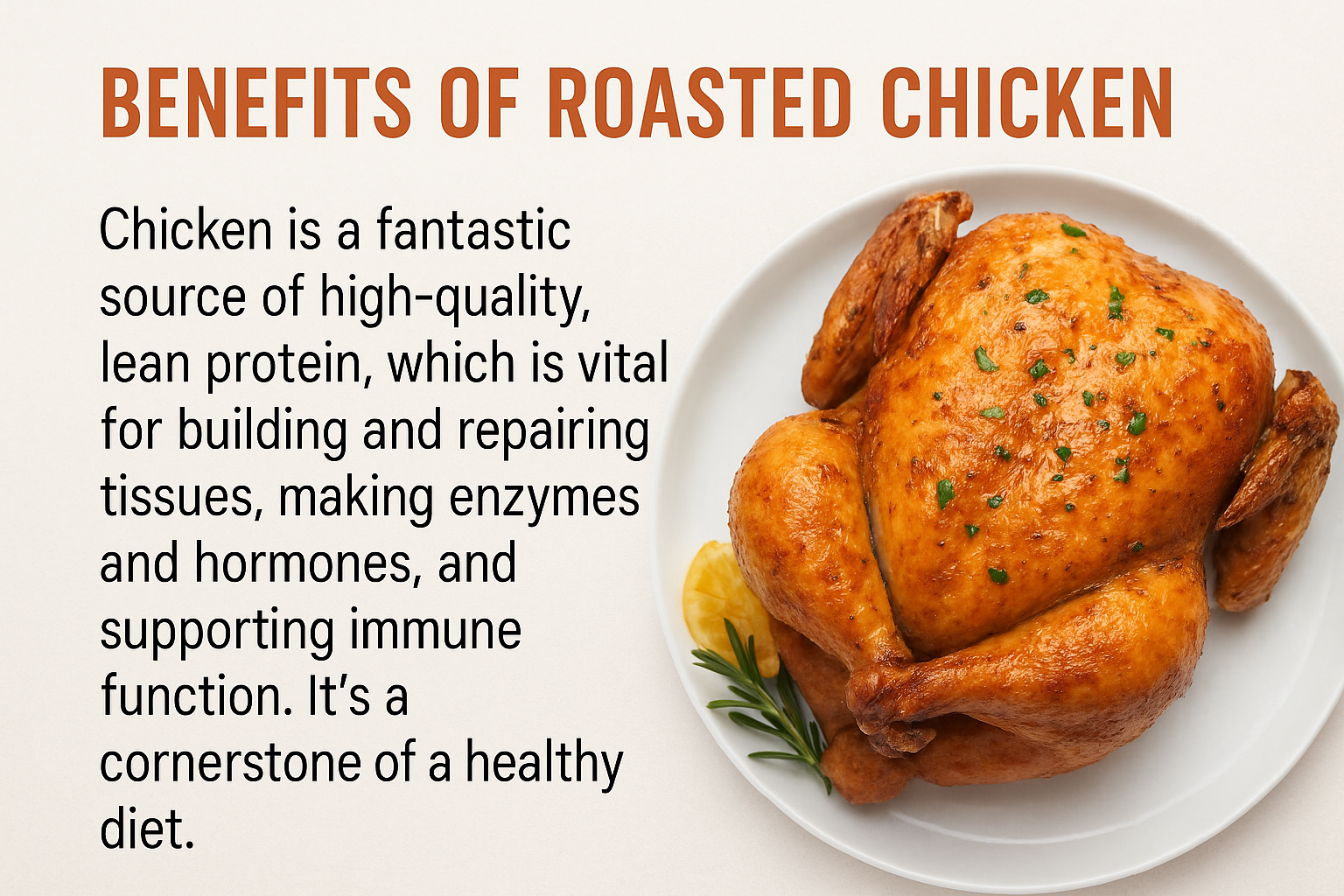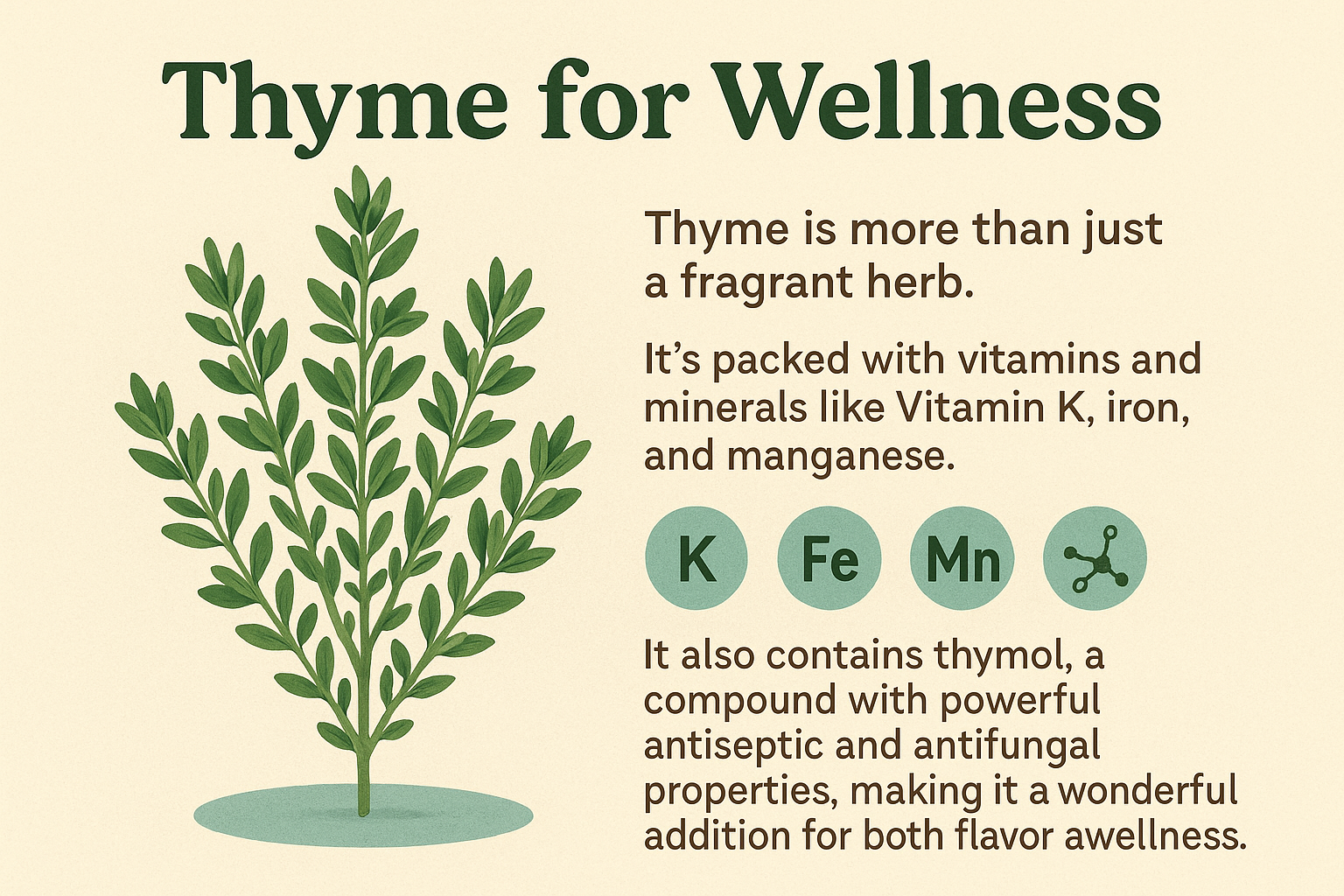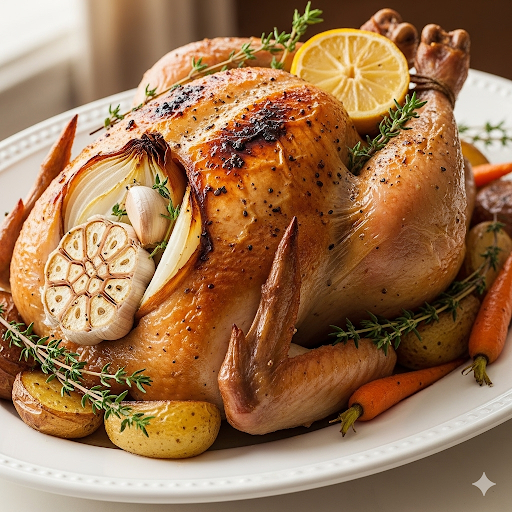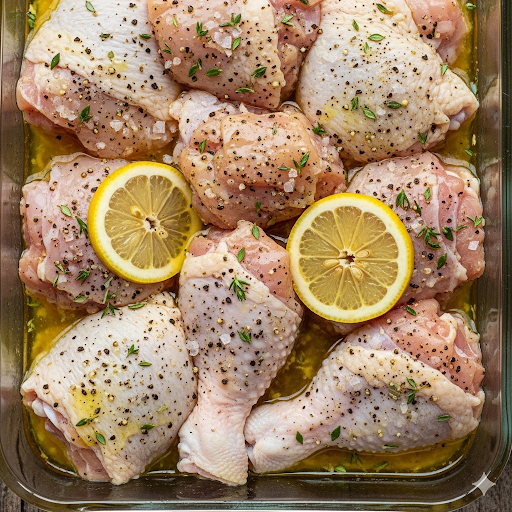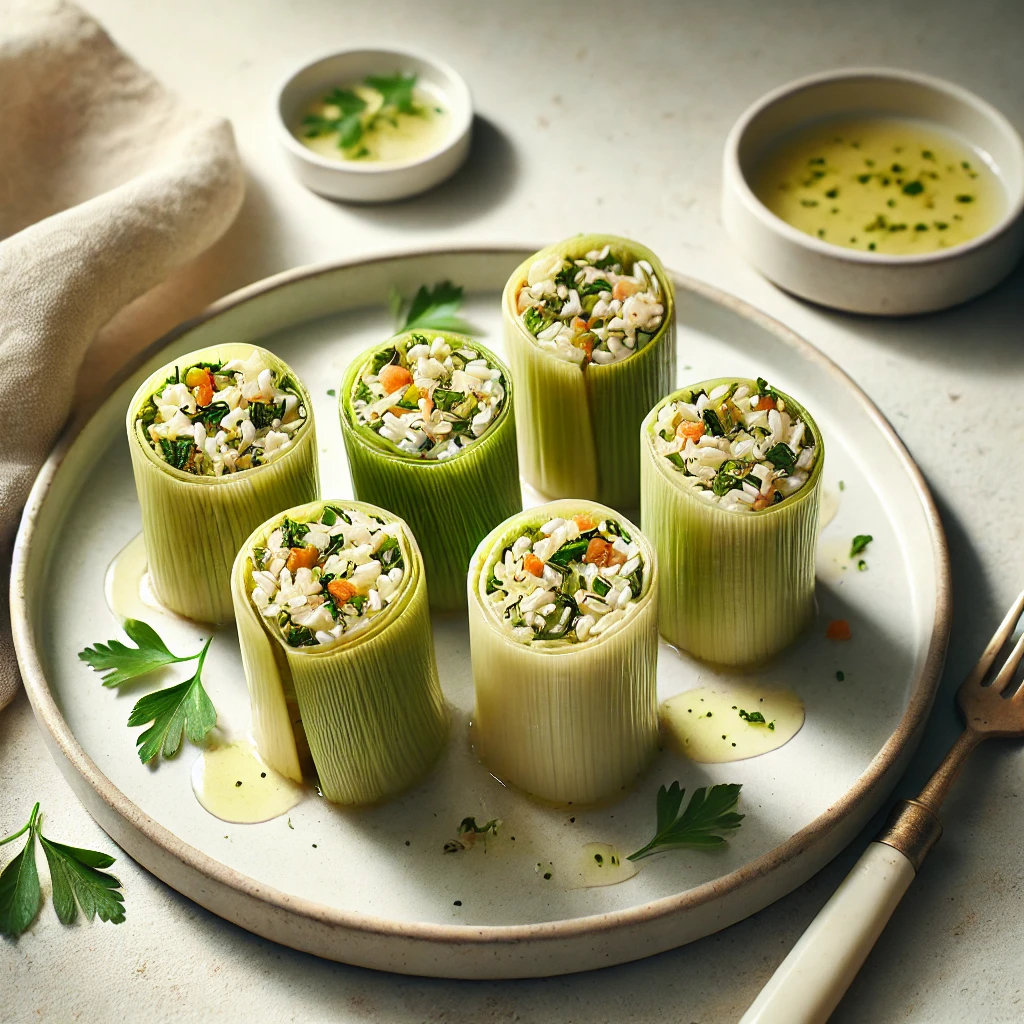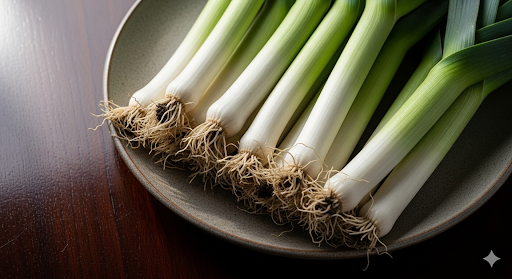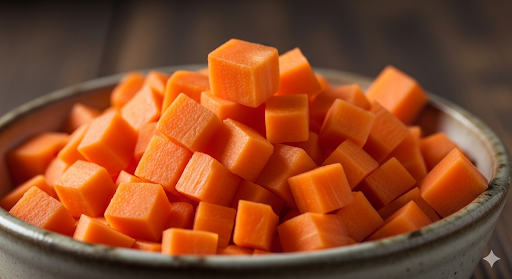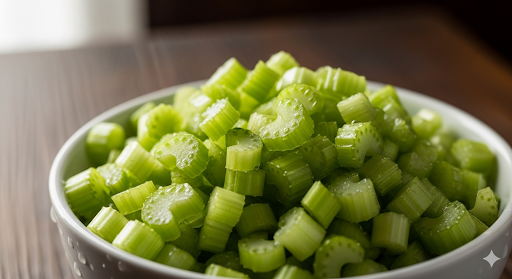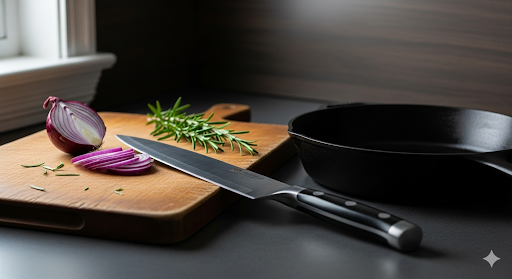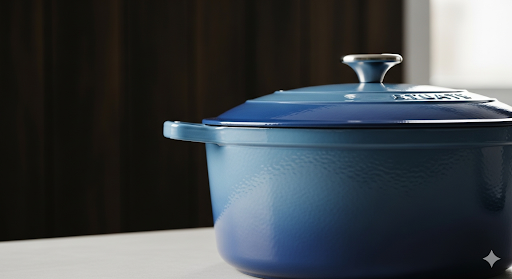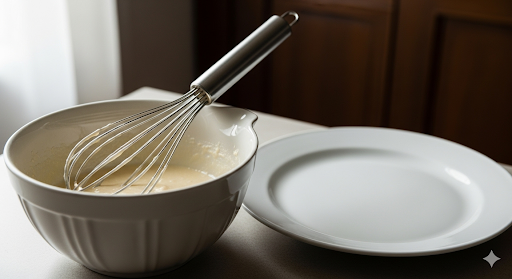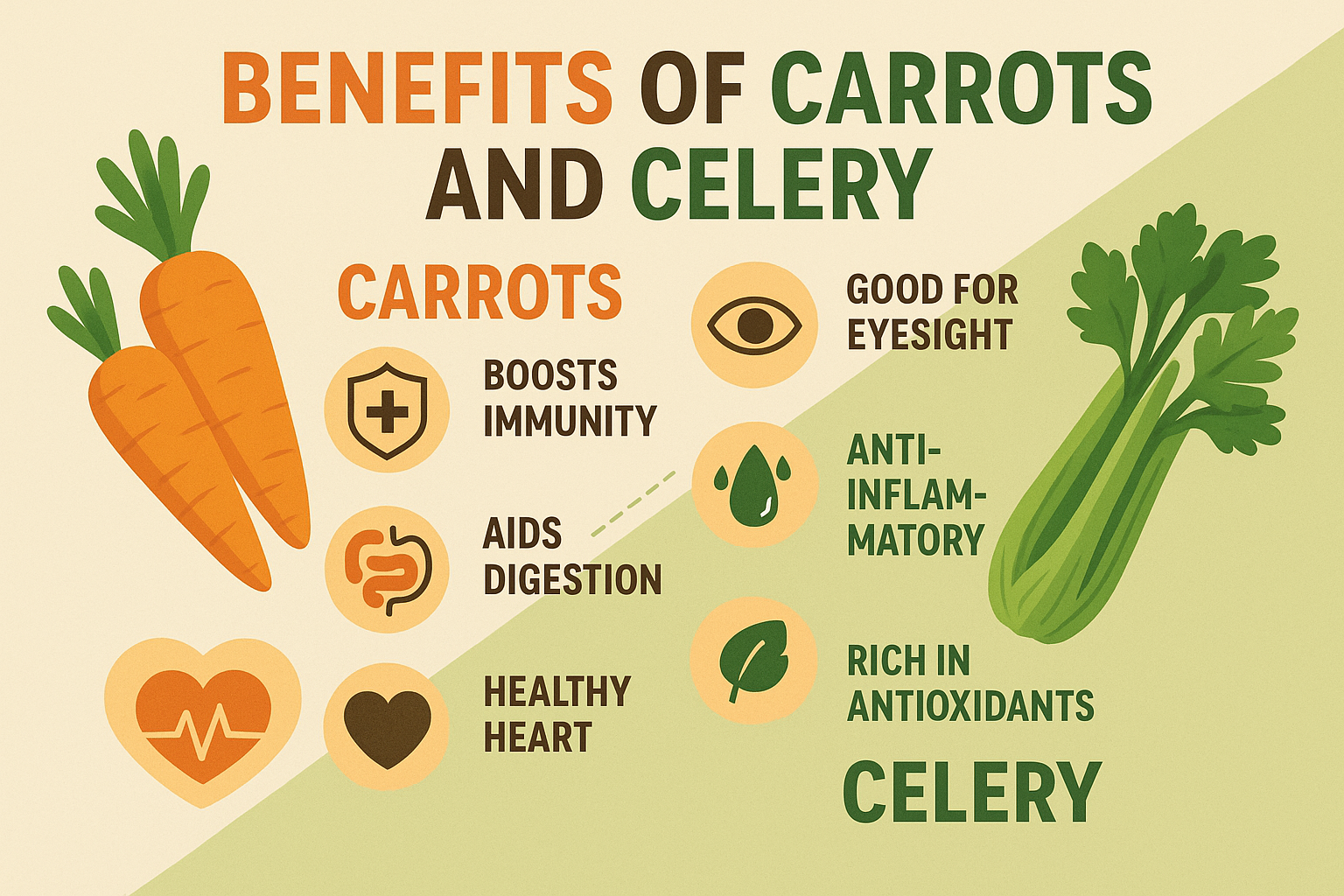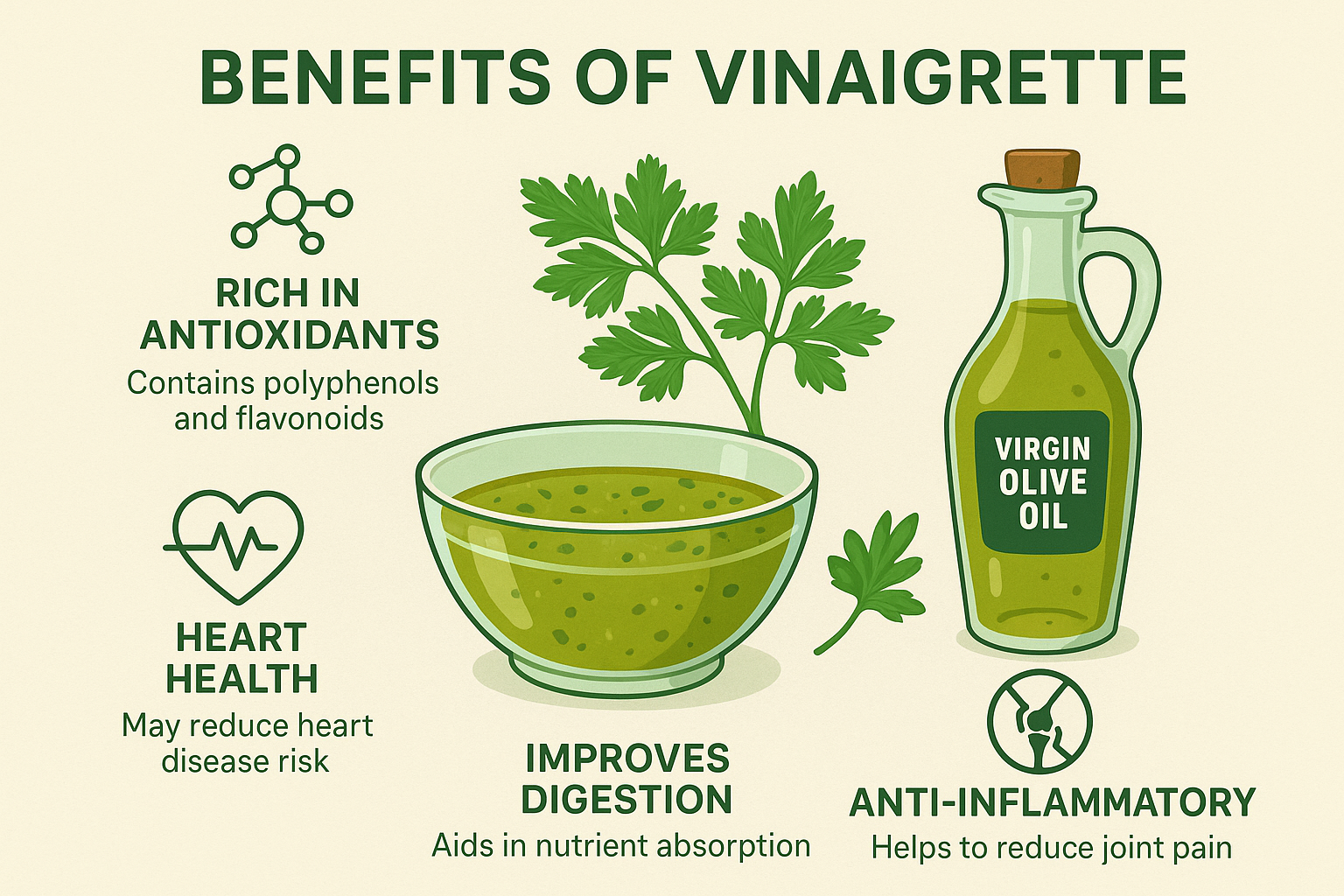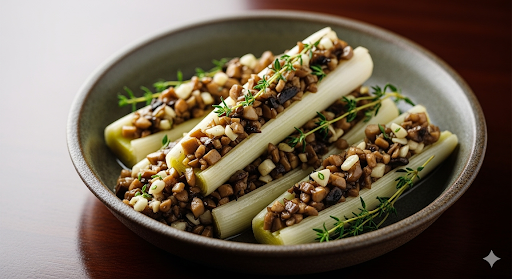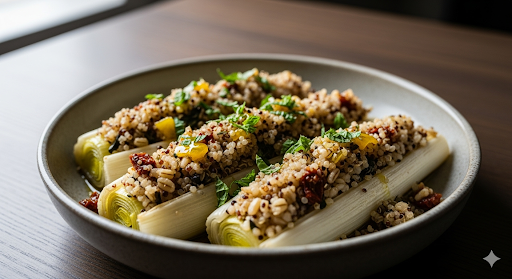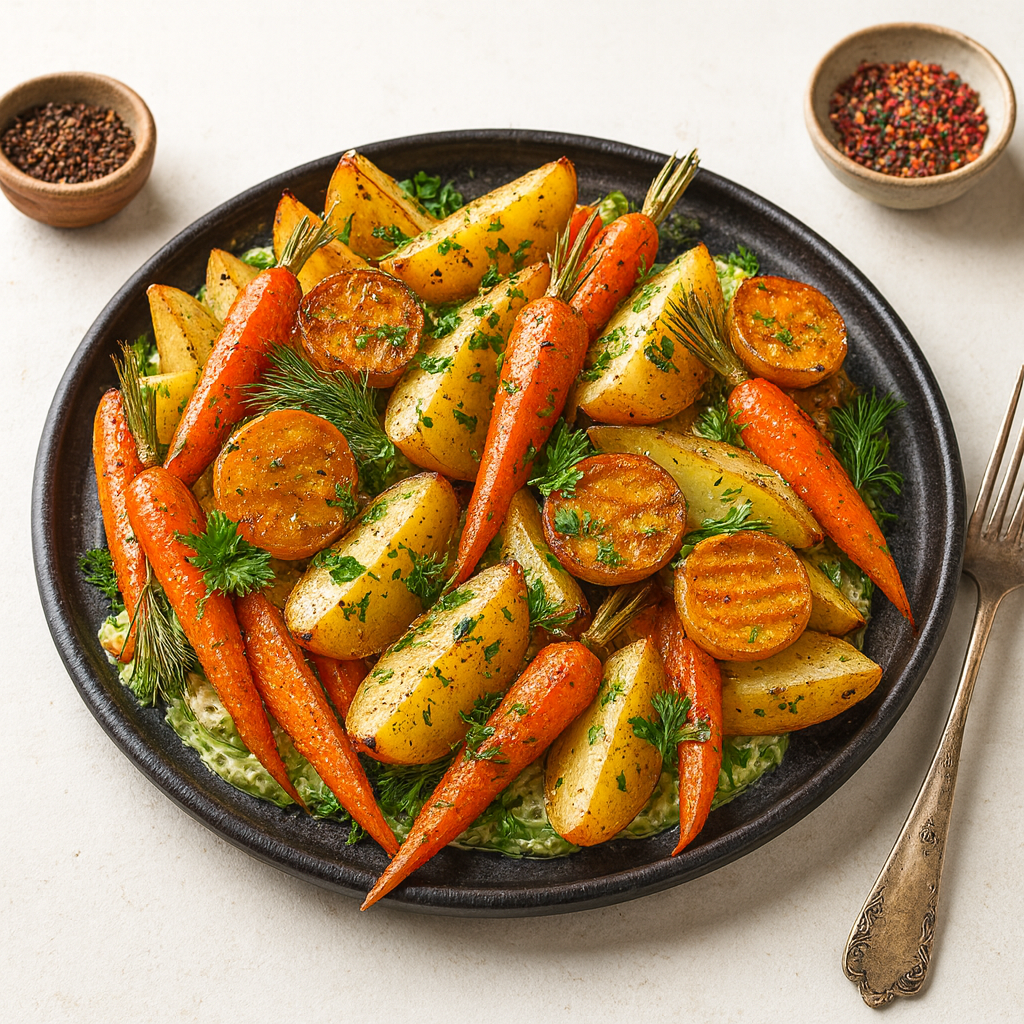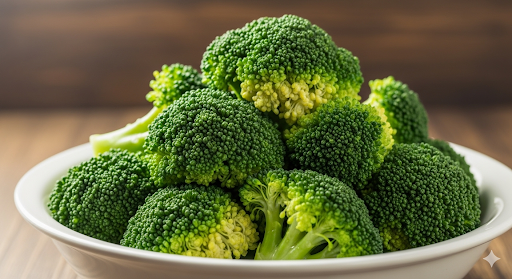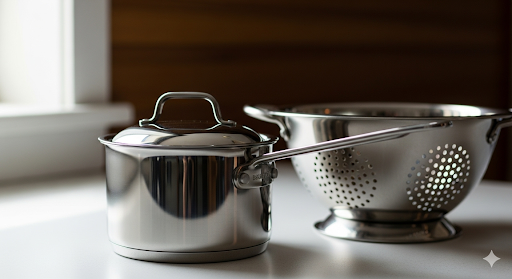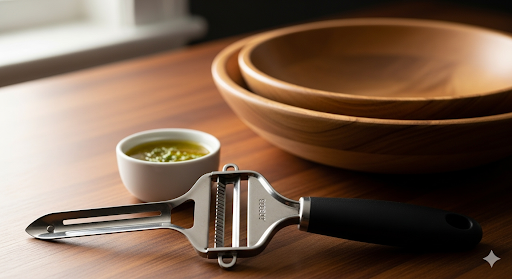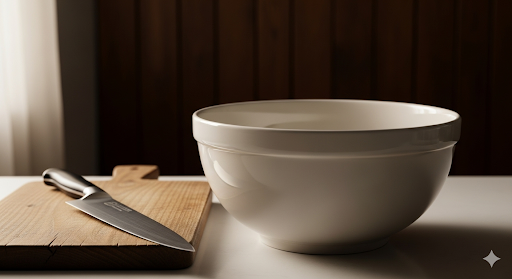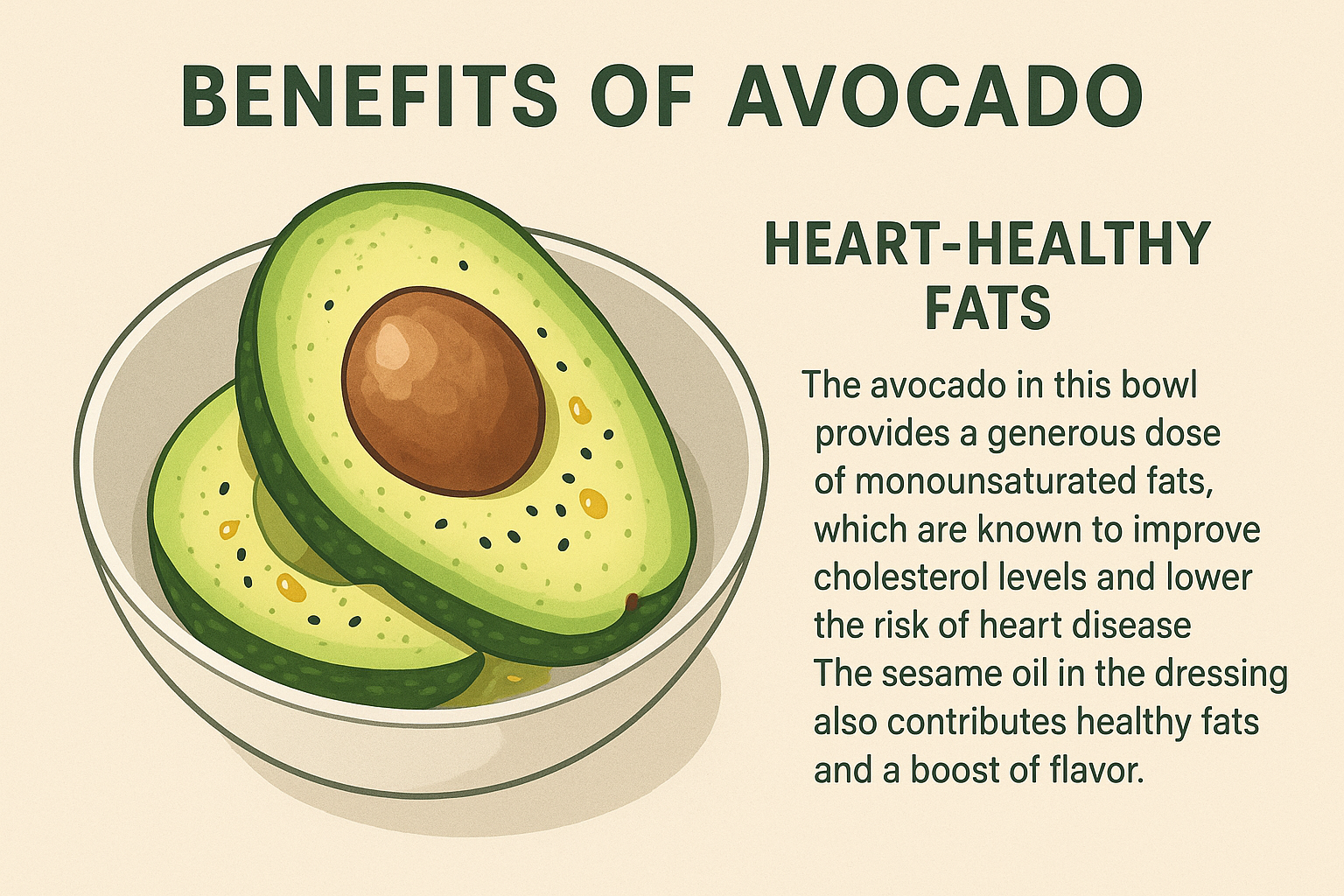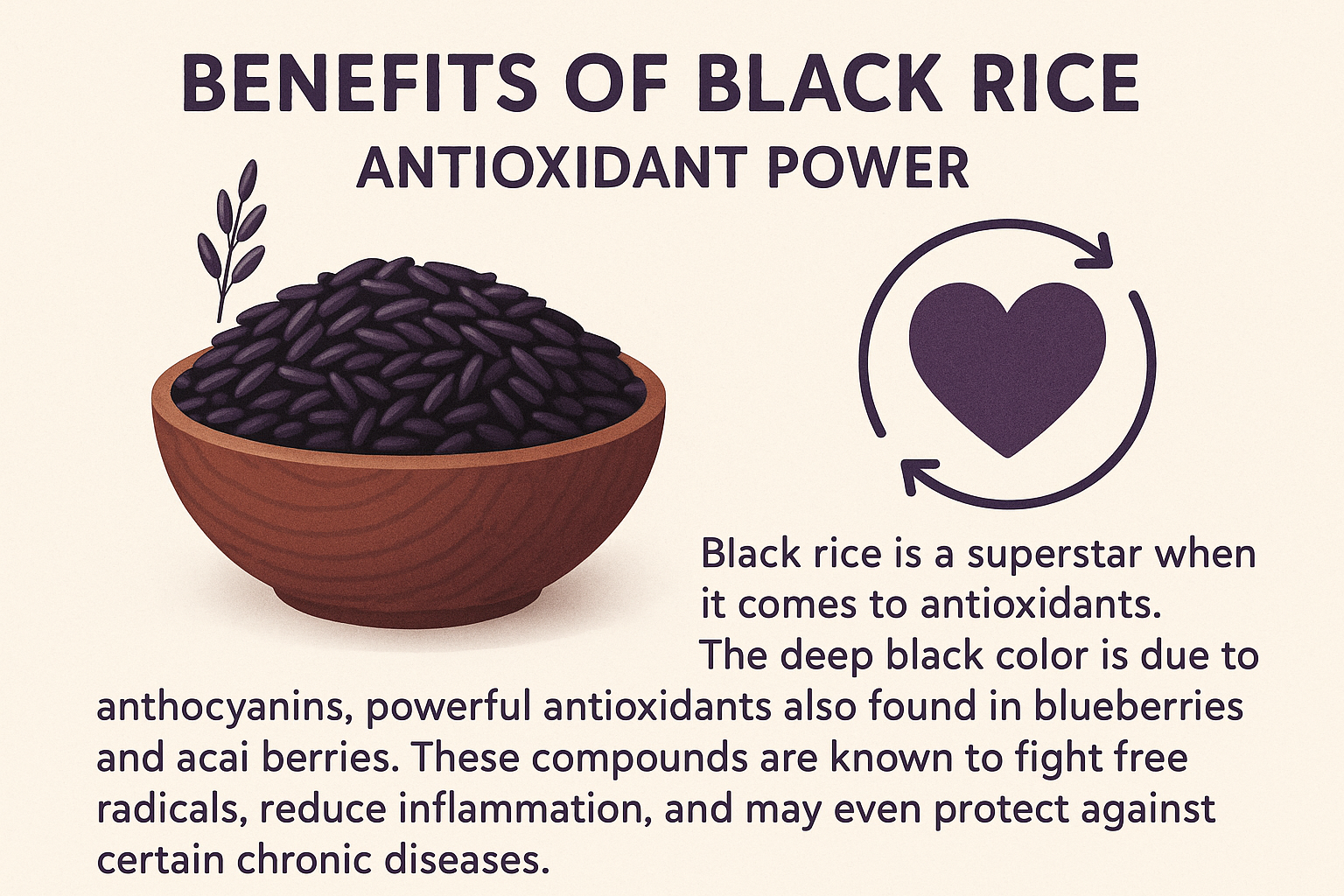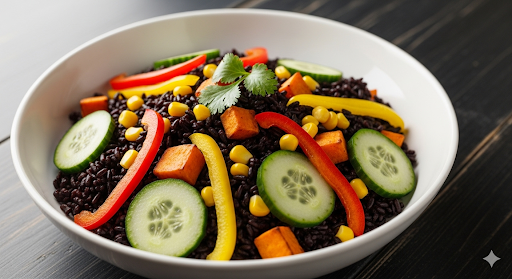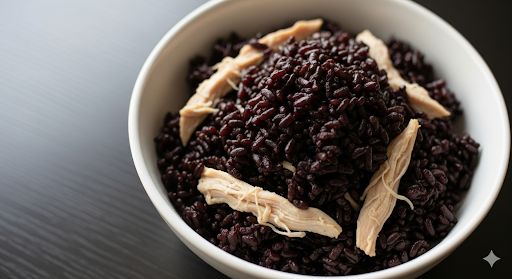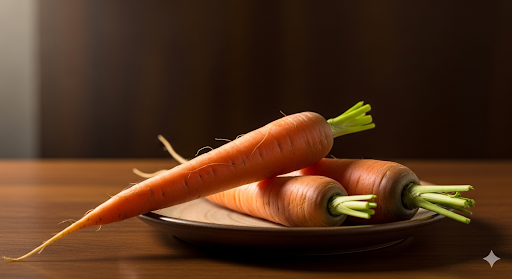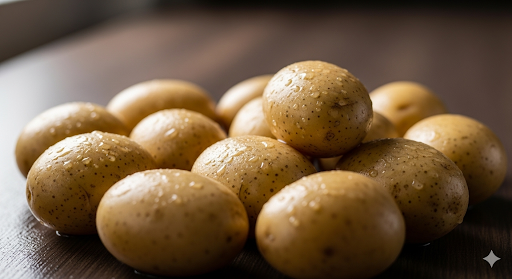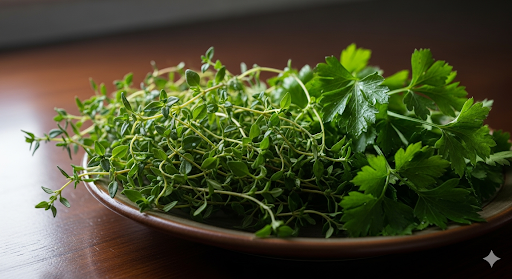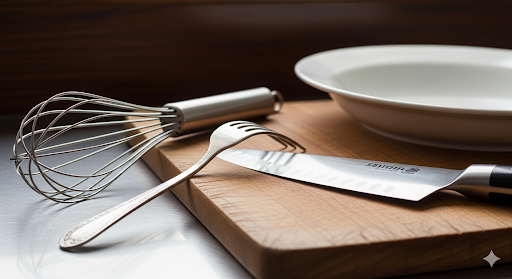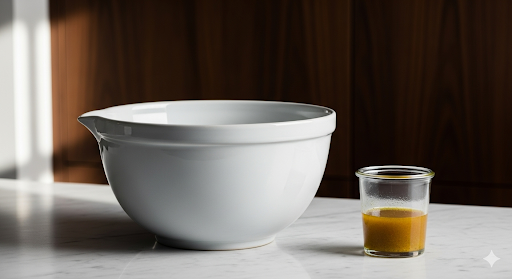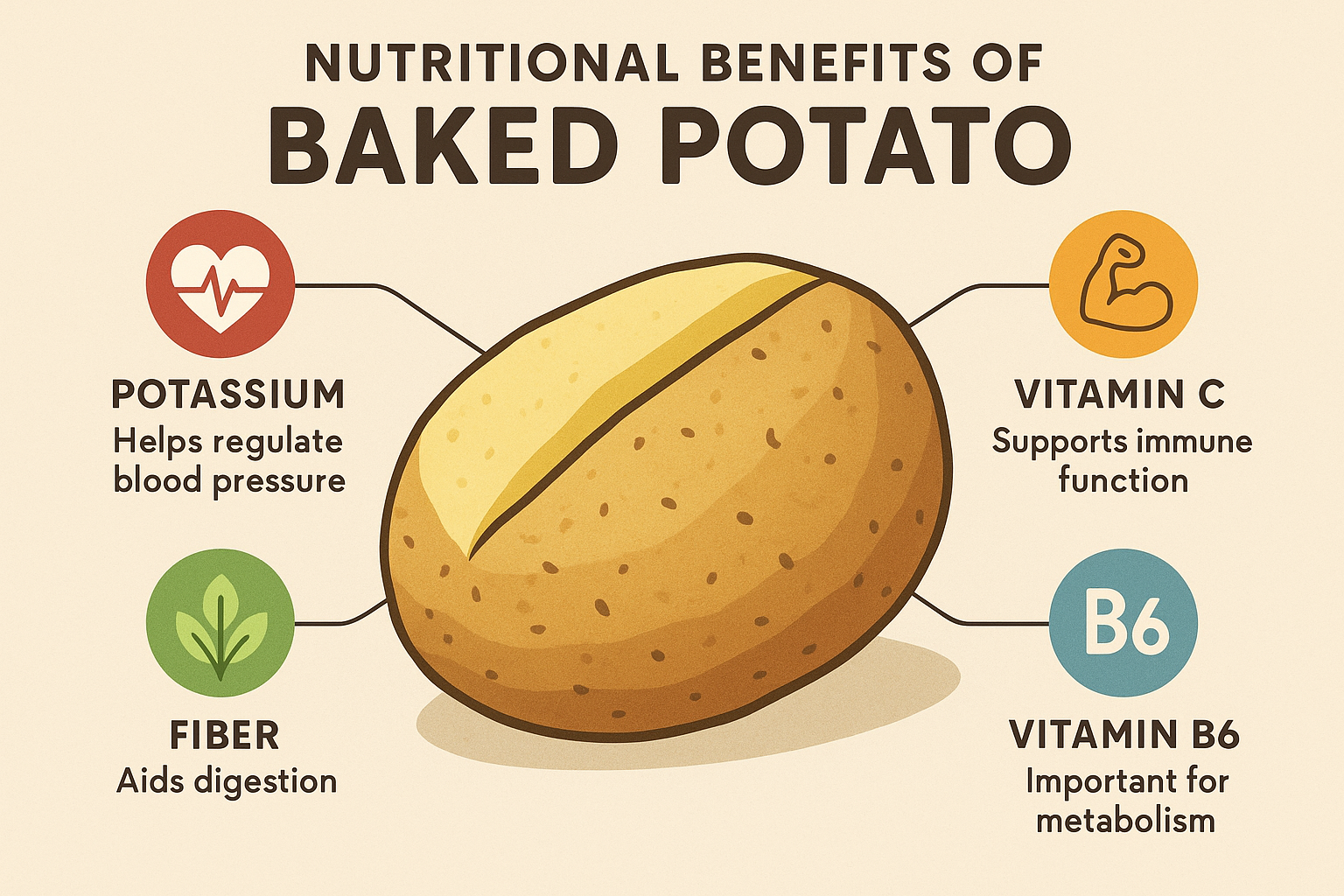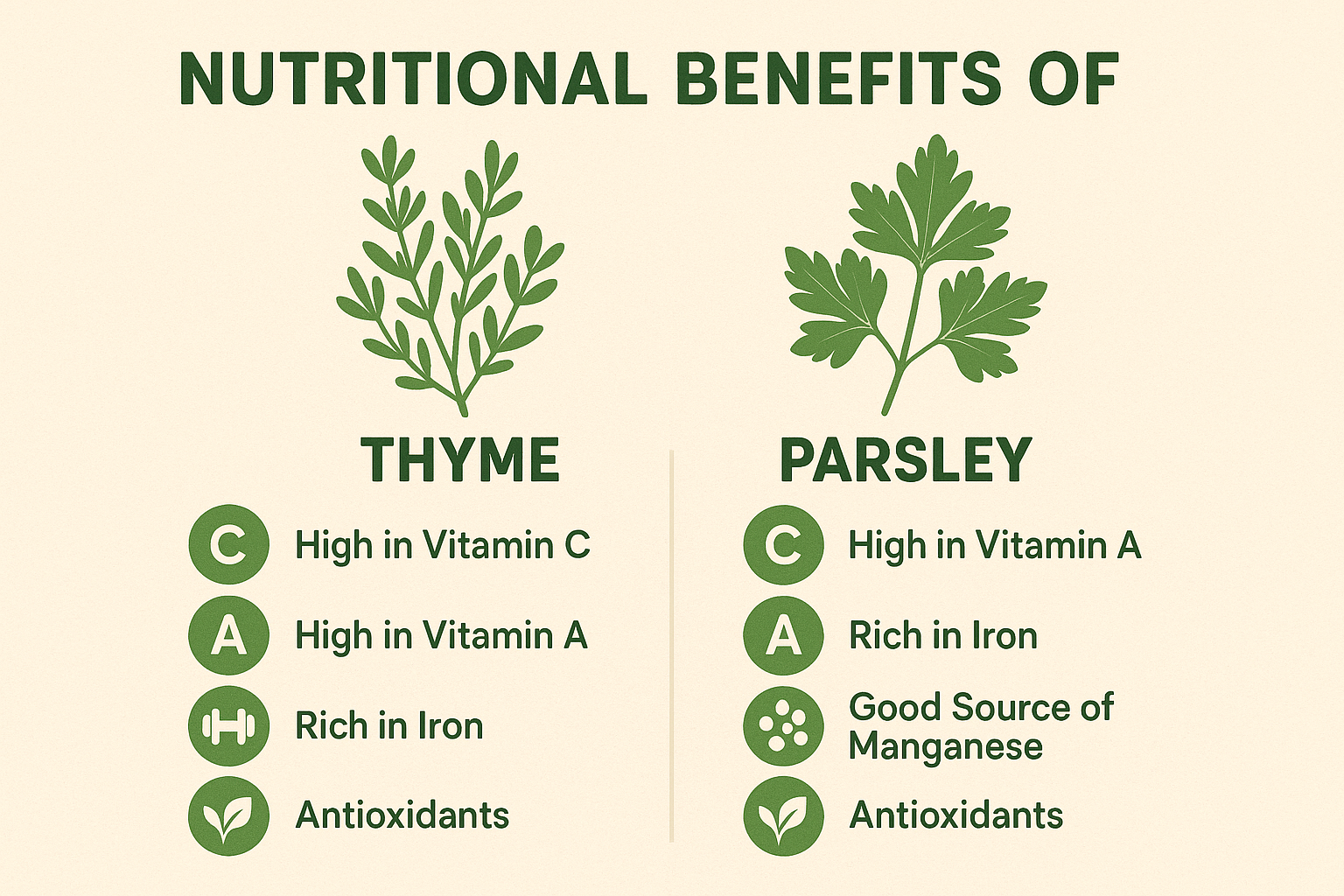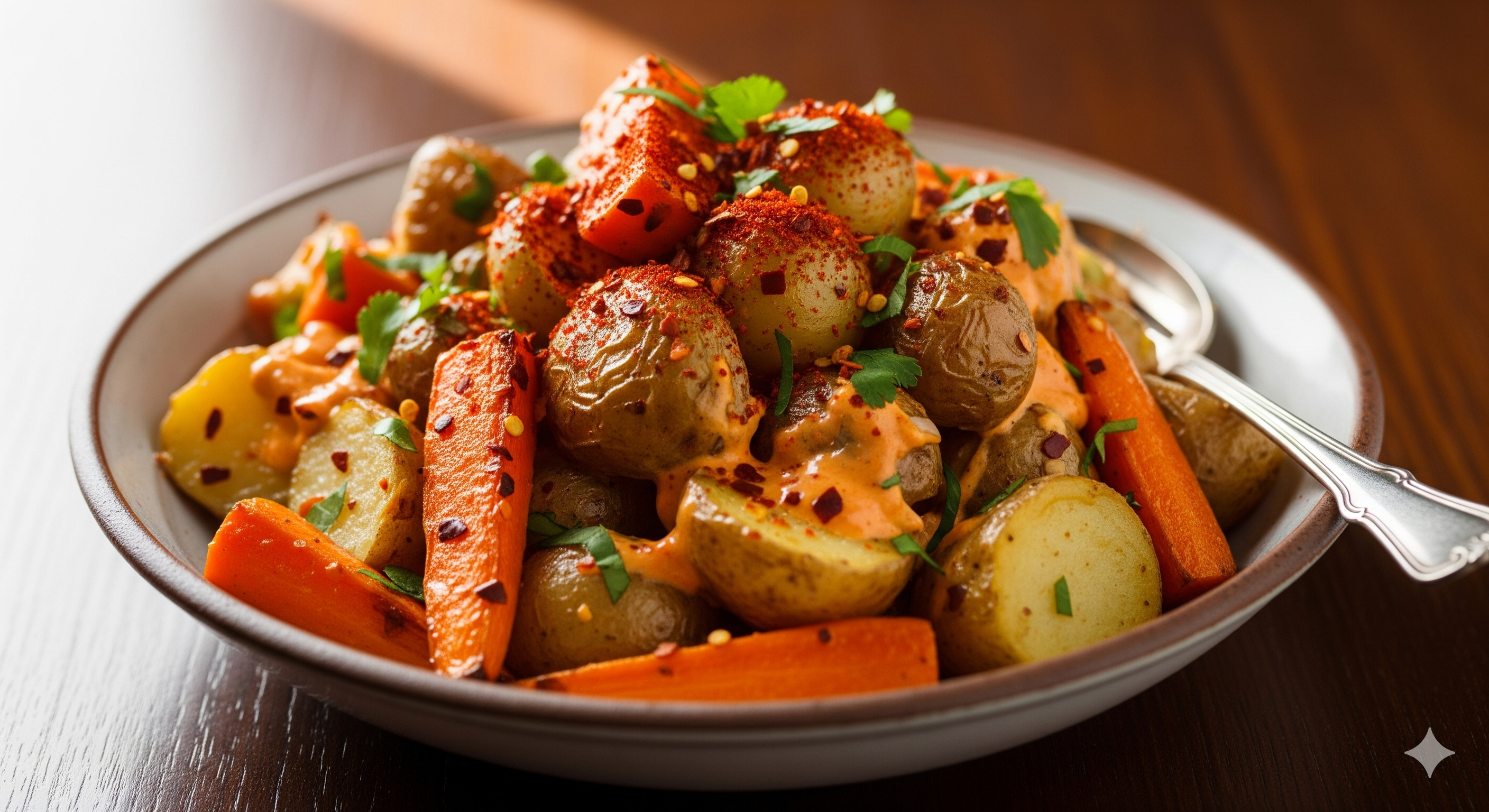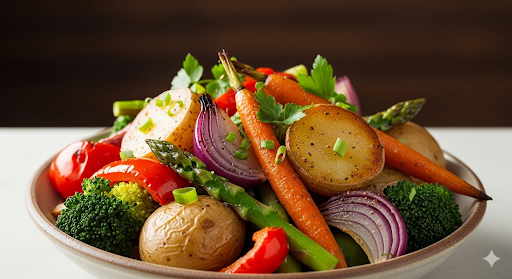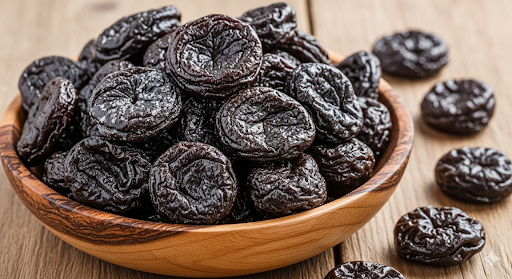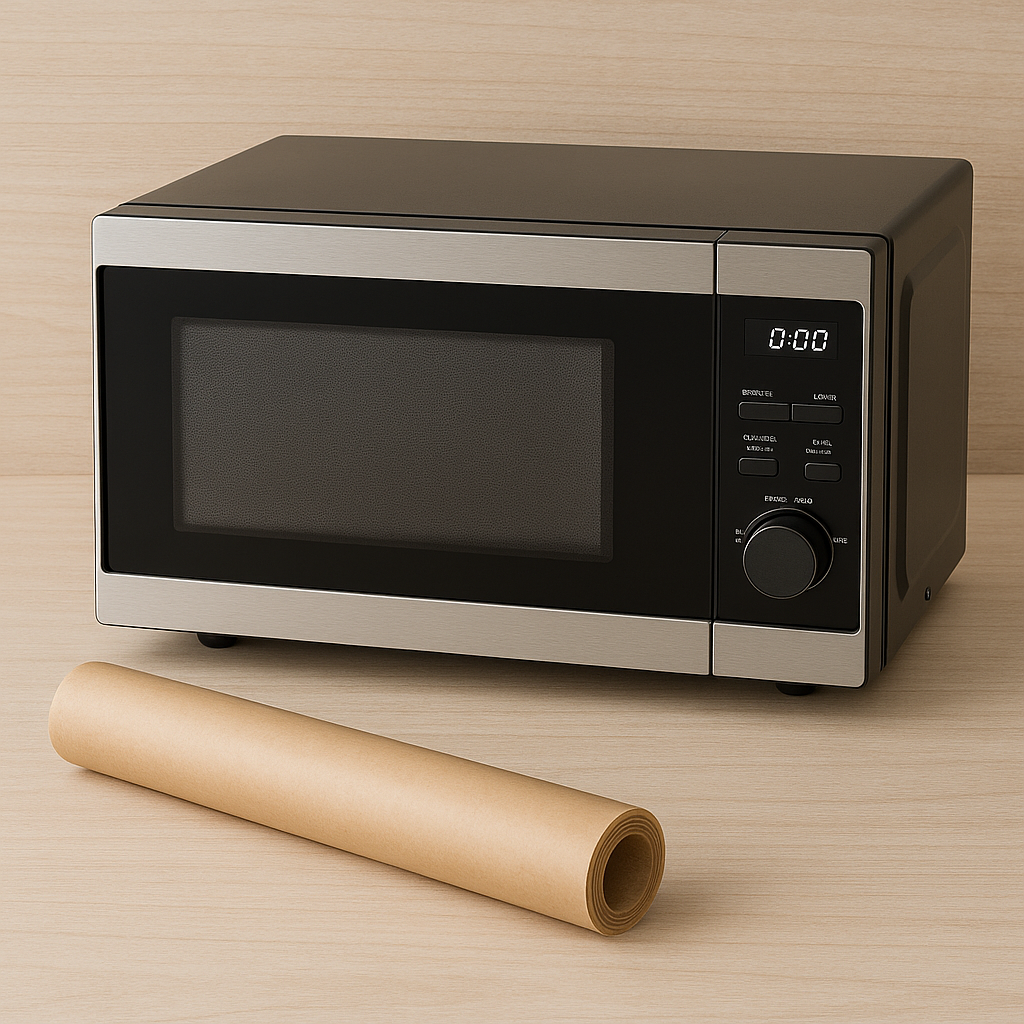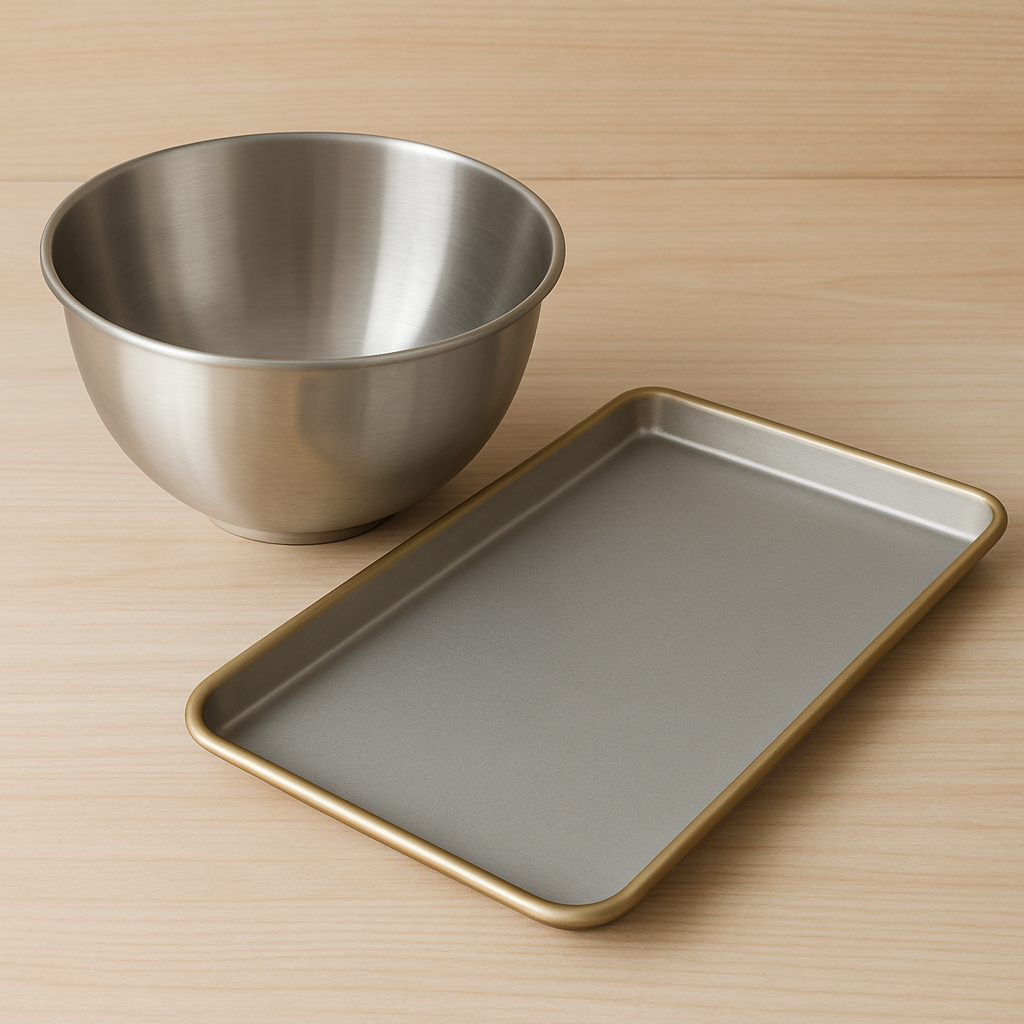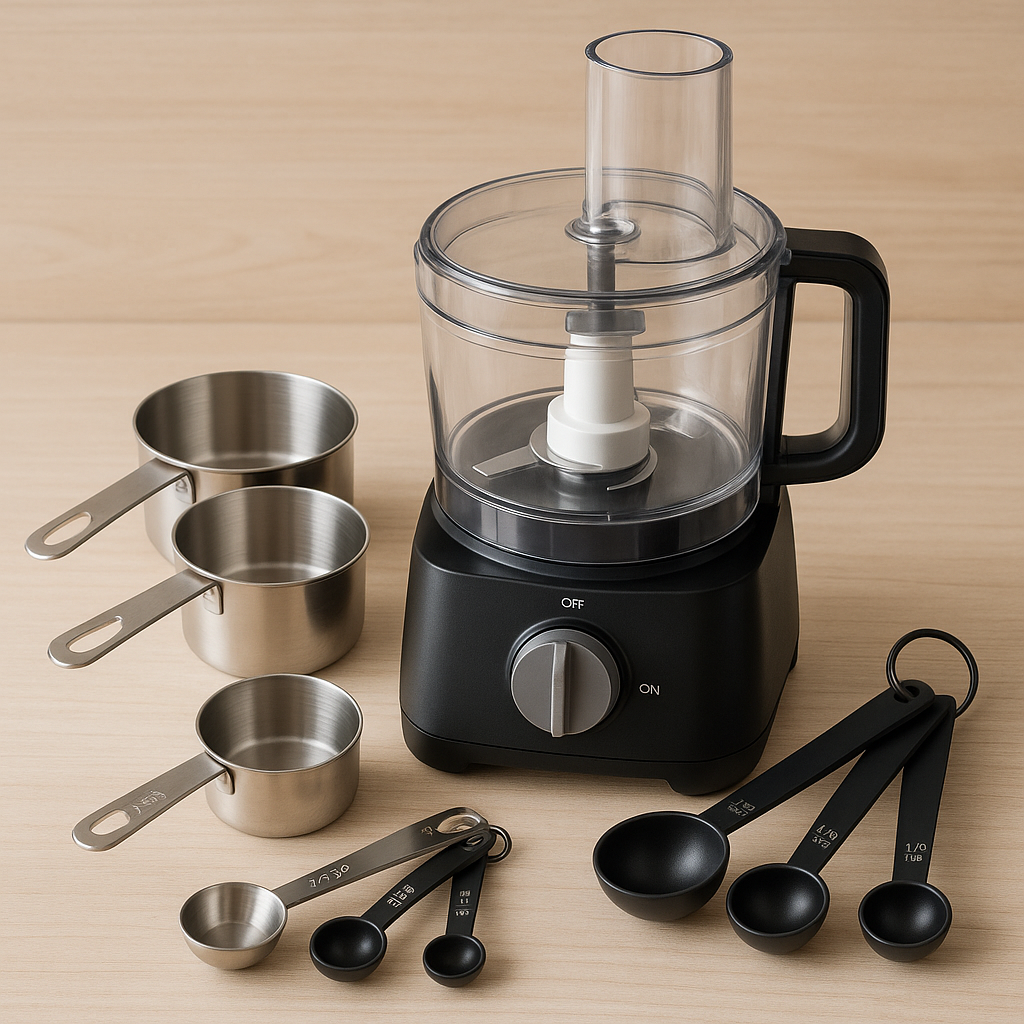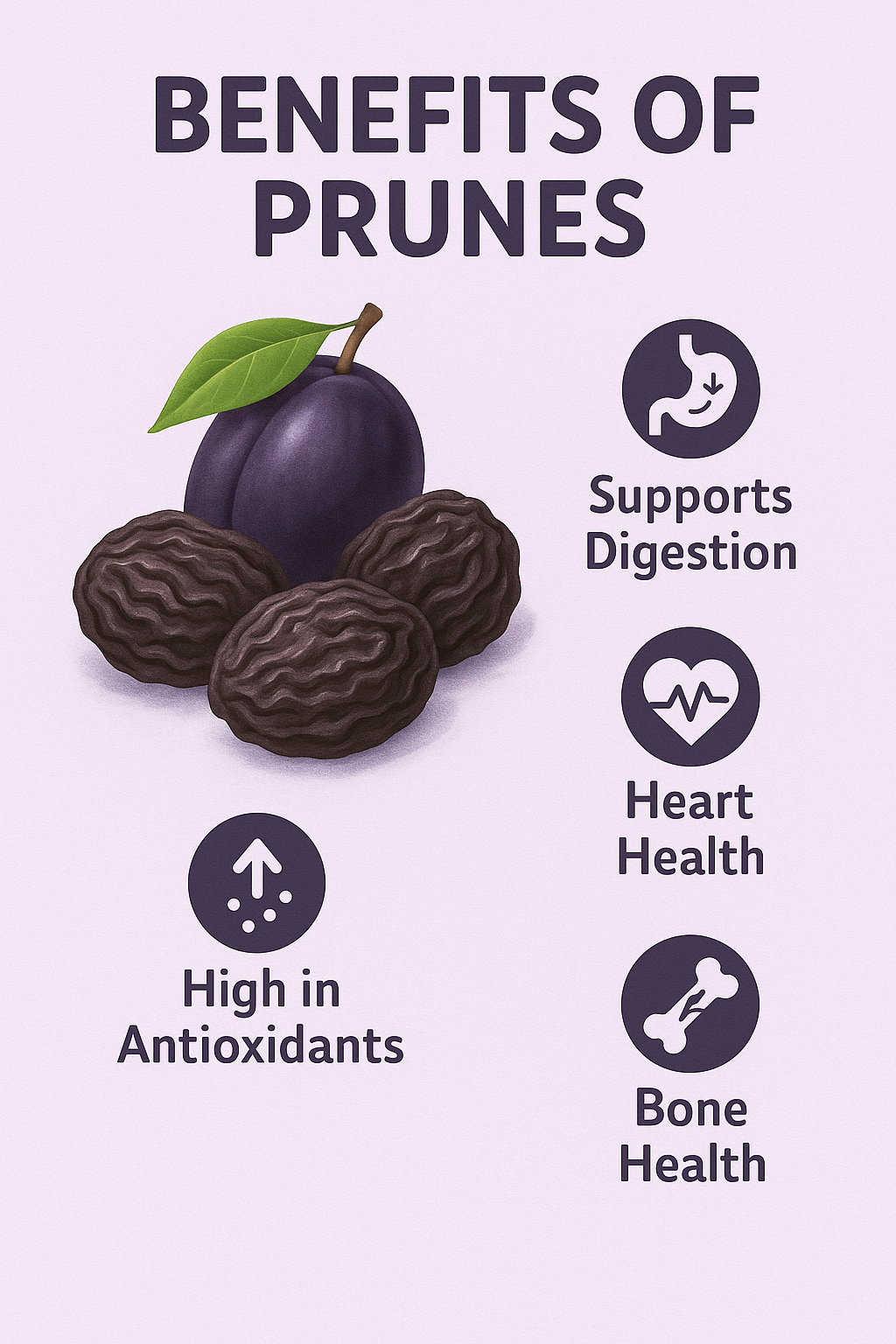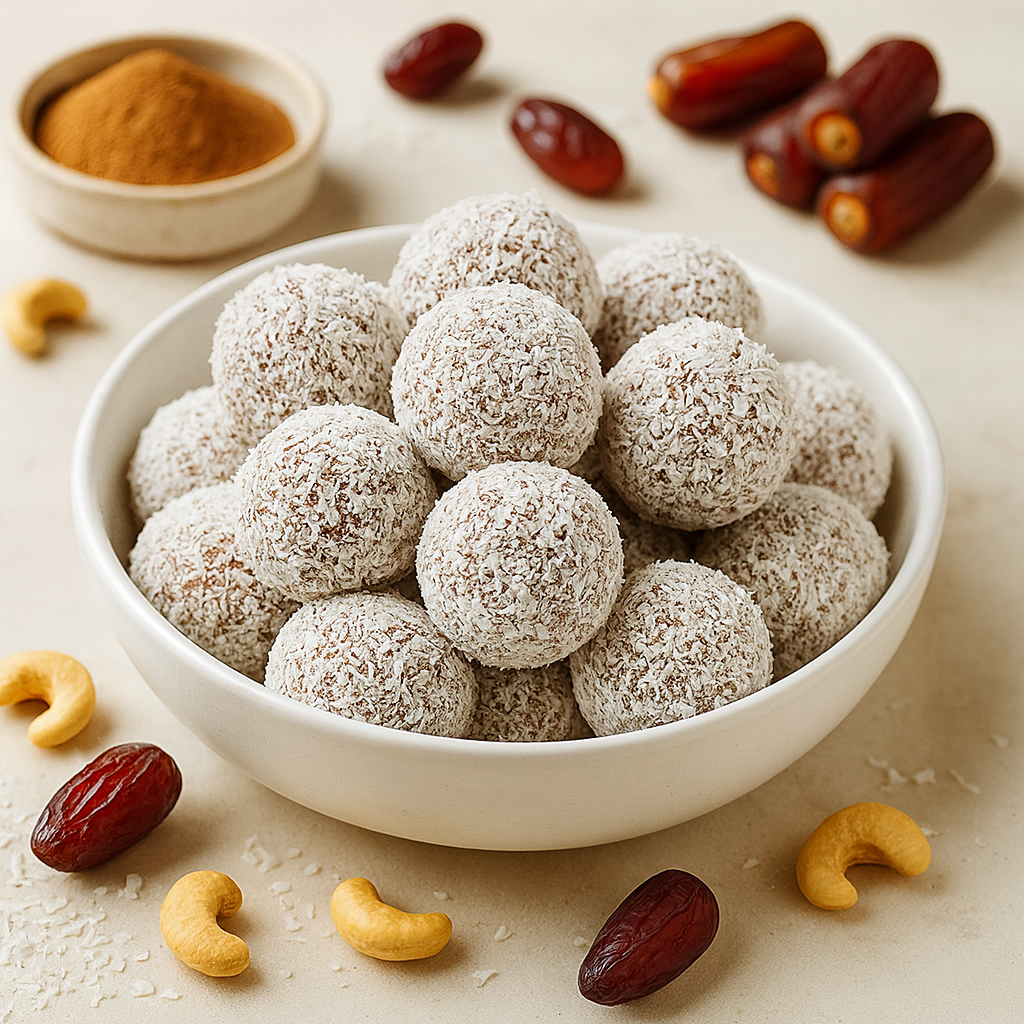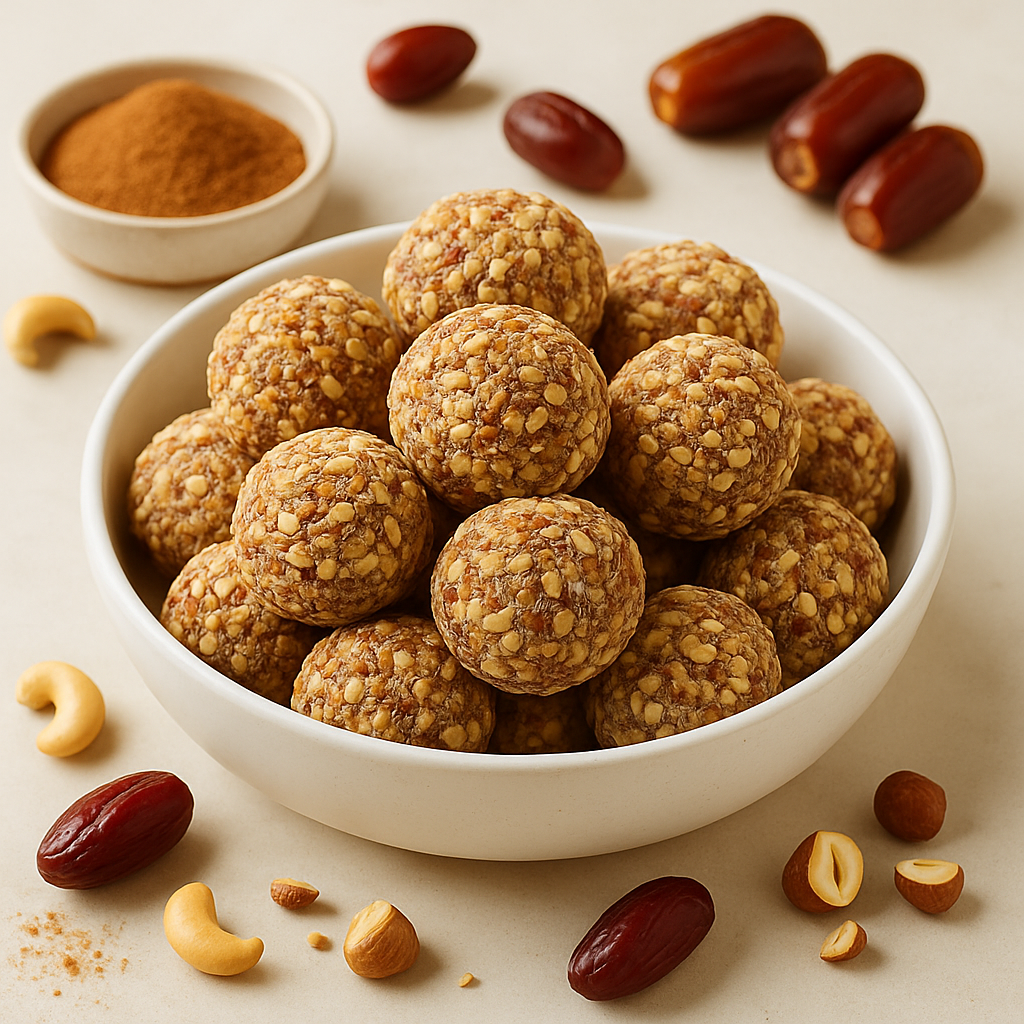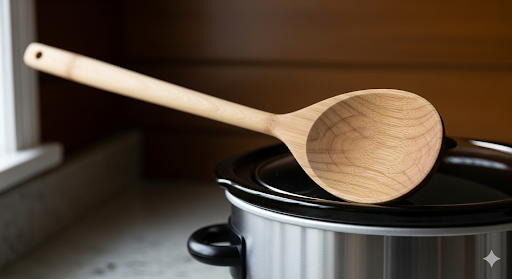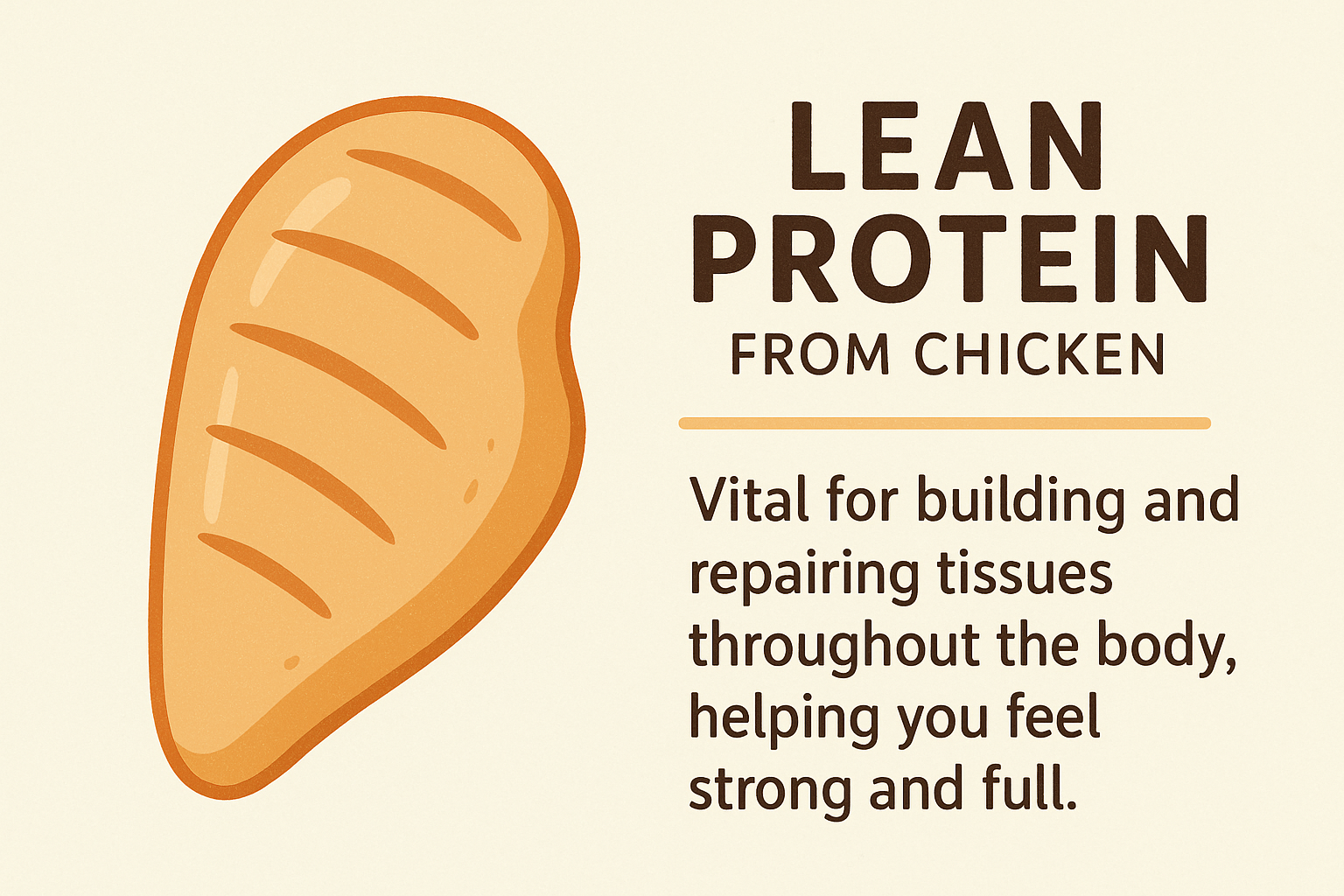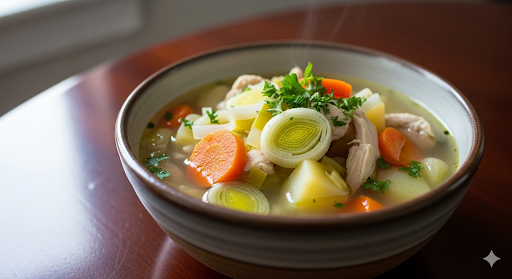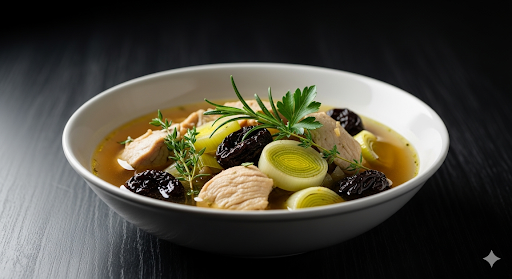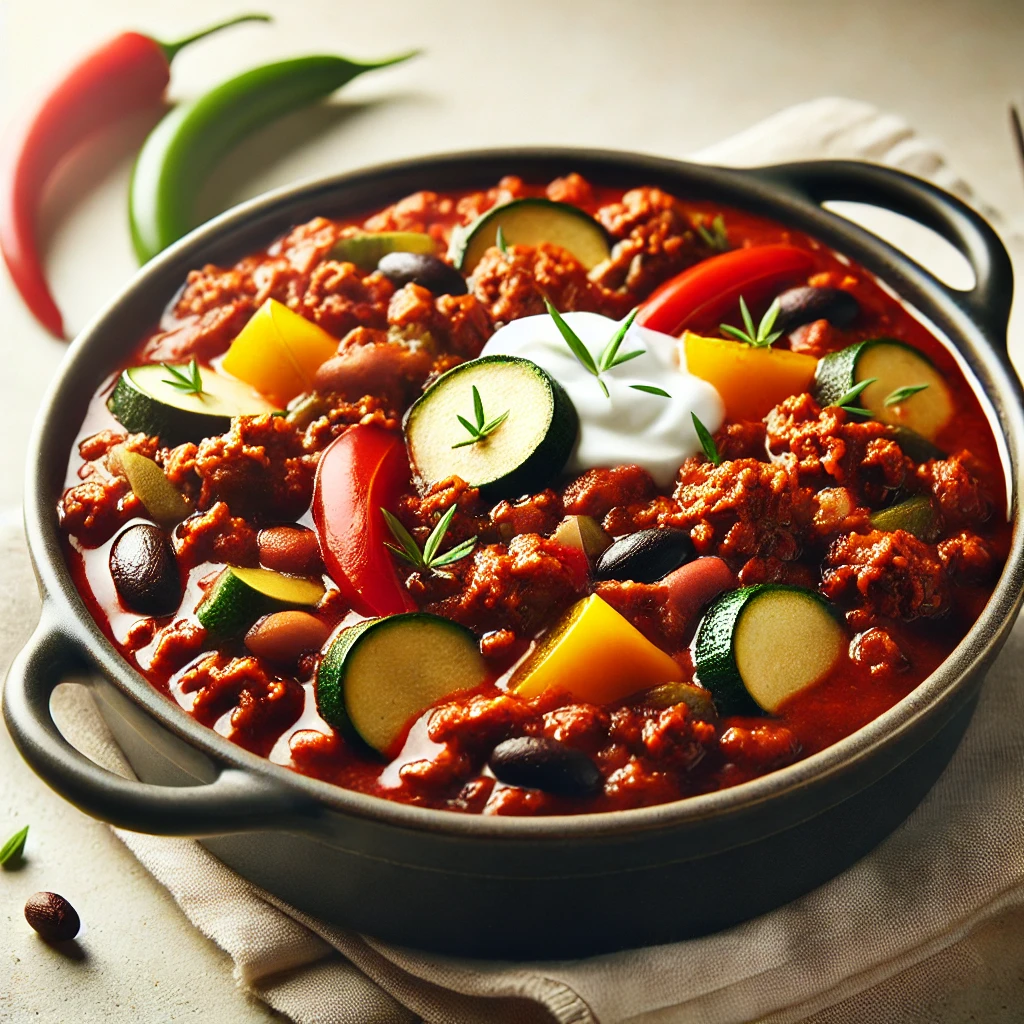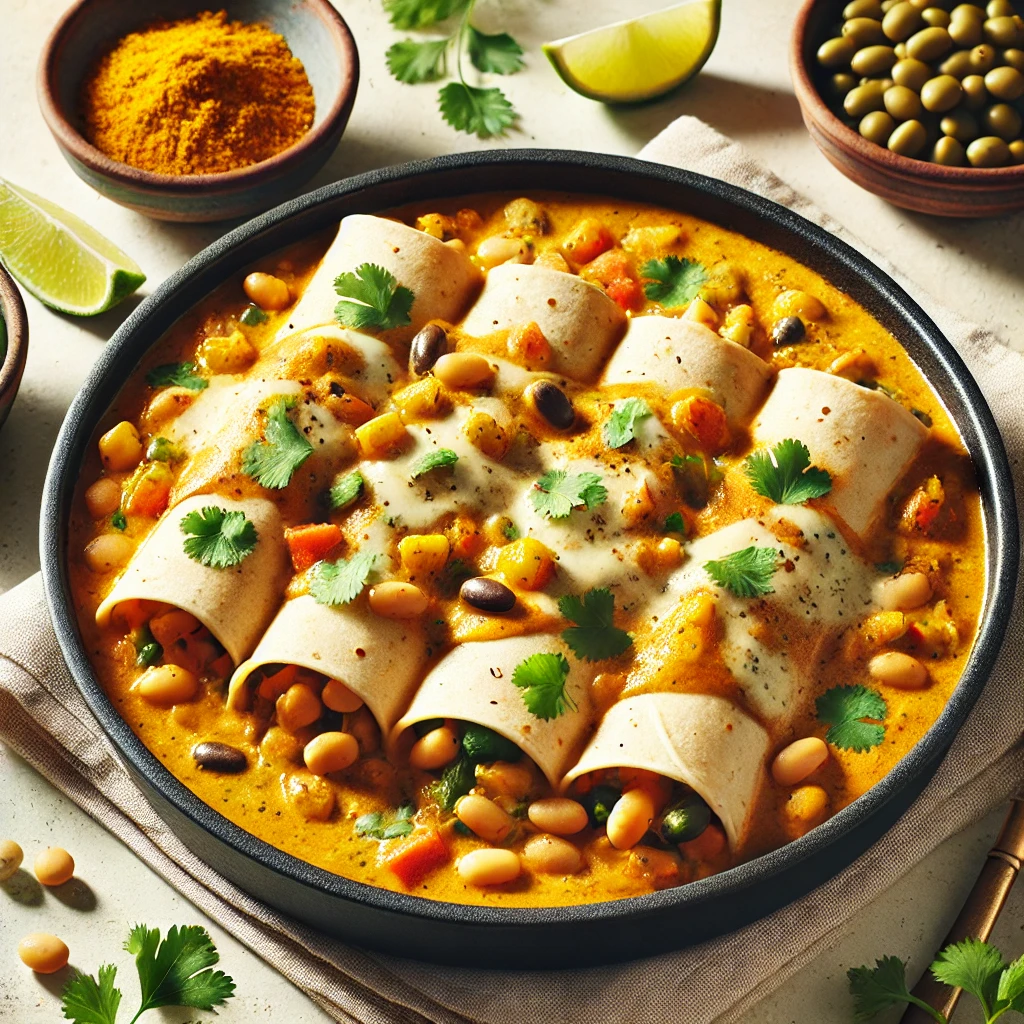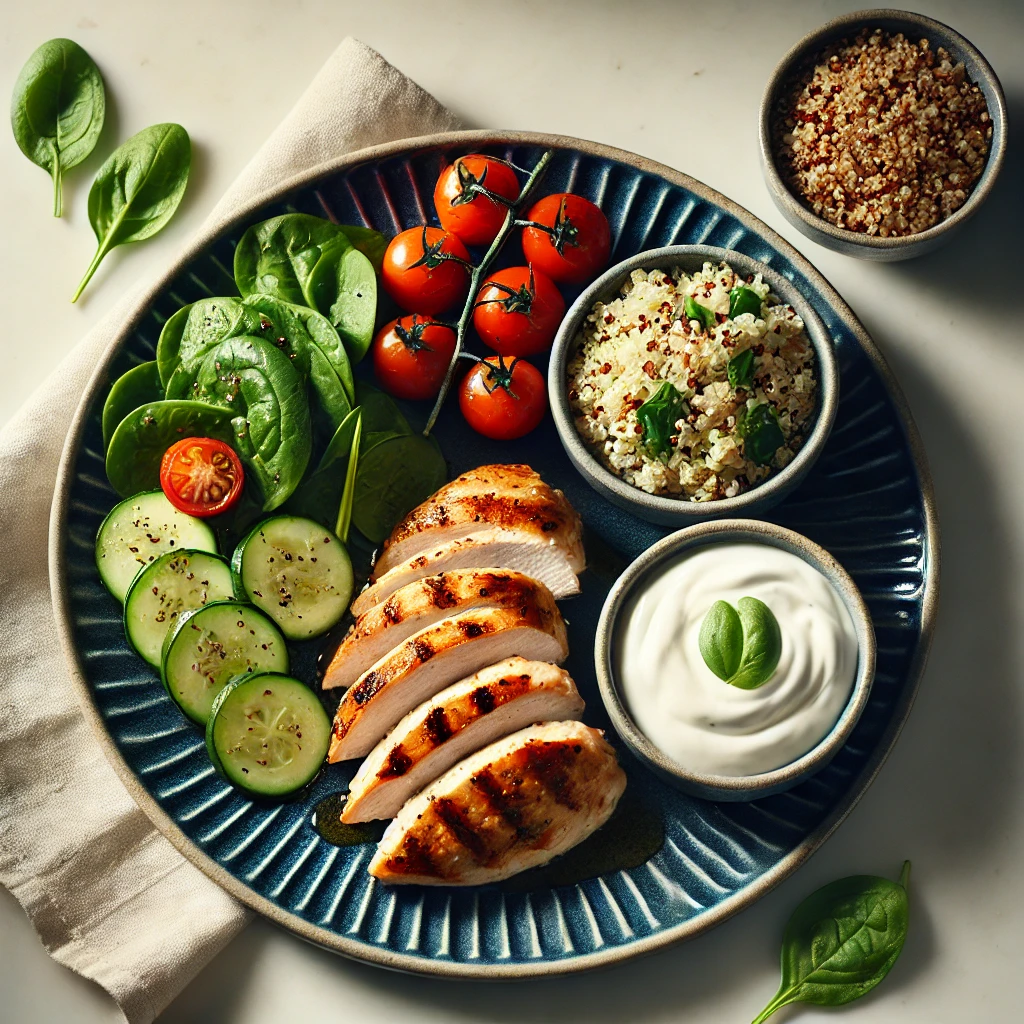This recipe for Baked Lemon Salmon is more than just a meal; it’s a game-changer for your weekly menu. We believe that healthy eating should be both delicious and incredibly easy to prepare. This simple method ensures you can have a gourmet-tasting dish on your table with minimal effort, making it the perfect go-to.
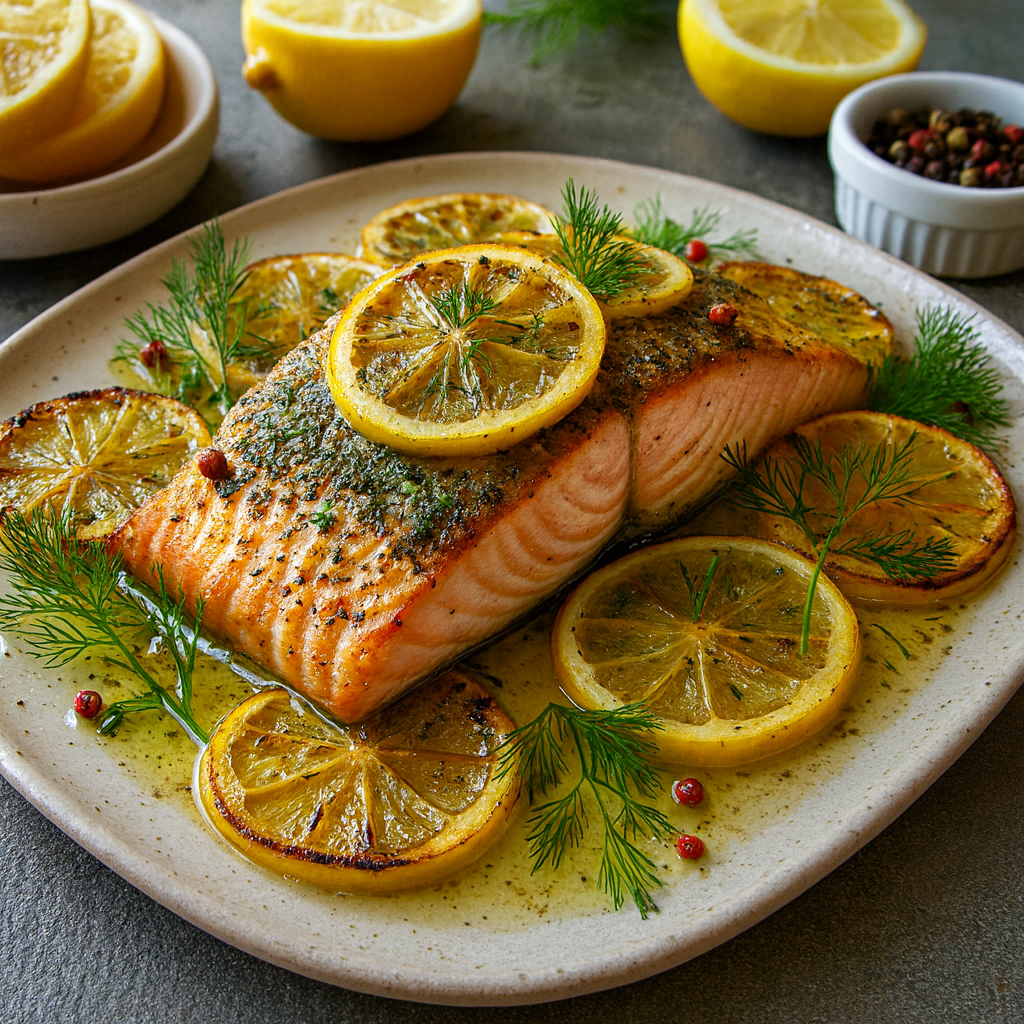
A Flaky, Flavorful Masterpiece for Any Night of the Week
Are you tired of feeling like healthy eating means hours of prep and complicated recipes? We’ve all been there, standing in the kitchen after a long day, wanting a nutritious meal but lacking the energy to make it happen. The good news is, a truly delicious and nourishing dinner doesn’t have to be a major project. This recipe for Baked Lemon Salmon is the perfect solution, proving that wholesome, impressive food can be ready in a flash.
Imagine serving a beautiful, golden-brown salmon fillet, perfectly flaky and infused with the bright, zesty flavors of lemon and fresh herbs. This isn’t just a fantasy; it’s a delicious reality that can be yours in less than 20 minutes. The simplicity of this dish is its greatest strength, allowing the natural, rich flavors of the salmon to shine without getting lost in a list of complex steps. It’s the kind of meal that makes you feel like a pro chef, even if you’re a complete beginner.
What Makes This Quick Baked Lemon Salmon a Game-Changer
What makes this particular Baked Lemon Salmon recipe so special is how little effort it requires for such a big payoff. By simply layering the salmon with a few key ingredients and baking it, you create a meal that’s both elegant and incredibly simple. It’s a foolproof method that guarantees a perfectly cooked fish every time, freeing you up to enjoy the process and the final result. No more guesswork or worrying about overcooking!
This recipe is more than just a set of instructions; it’s an invitation to simplify your life and eat well. We’ll guide you through every step, from picking the best salmon to mastering the simple technique that ensures your fish is moist and flavorful. You’ll discover how a few fresh ingredients can completely transform a meal, making it an experience to savor. Get ready to add a new staple to your repertoire—a dish you’ll be excited to make again and again.
So, let’s dive in and unlock the secrets to this amazing dish. Whether you’re cooking for one or for a whole family, this guide will empower you to create a healthy, restaurant-quality meal right in your own home. Get ready to bake, relax, and enjoy your way to a healthier, happier dinner routine!


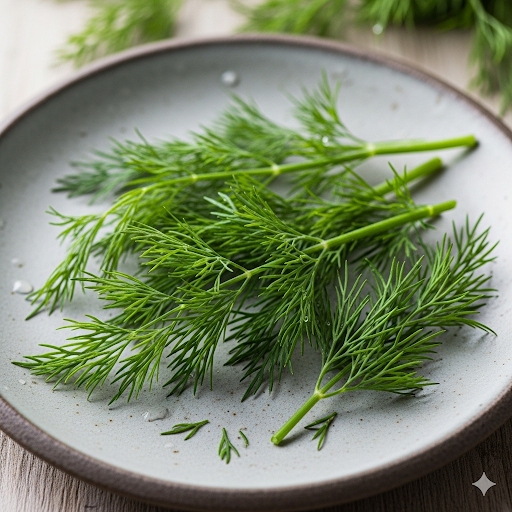
The gallery shows sliced lemons in a bowl, baked salmon and fresh sprigs of dill.
Your Go-To Weeknight Salmon
Time to Prepare: 5 minutes
Time to Cook: 15 minutes
Servings: 4
Nutritional Information (per serving, estimated)
- Calories: 350-400 kcal
- Protein: 30-35g
- Omega-3 Fatty Acids: 1.5-2g
- Fat: 20-25g (of which Saturated: 3-4g)
- Sodium: 250-300mg (can be reduced with low-sodium seasonings)
- Vitamin D: 80% Daily Value
- Vitamin B12: 200% Daily Value
Essential Equipment for Your Baked Lemon Salmon
Having the right tools on hand makes preparing this Baked Lemon Salmon recipe a breeze. Here’s a short list of what you’ll need to get started:
- Baking Dish: A large baking dish or sheet pan is perfect for this recipe. A sheet pan with a rimmed edge is ideal to contain the juices and prevent spills.
- Small Bowl: For whisking together your seasoning mixture.
- Whisk or Fork: To combine the seasonings smoothly.
- Cutting Board: A clean, sturdy surface for slicing your lemons and preparing the salmon.
- Sharp Knife: Essential for easily and cleanly slicing the lemon.
- Measuring Spoons and Cups: For accurate ingredient measurement, ensuring the perfect balance of flavors in your seasoning.
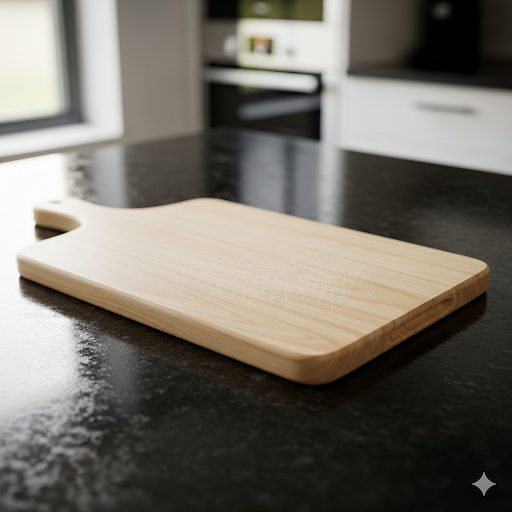


The gallery shows some of the equipment used in this recipe. The first image is a chopping board, then a baking dish and then a mixing bowl.
Ingredients for Your Perfect Baked Lemon Salmon
Gathering all your ingredients before you start cooking, a practice known as “mise en place,” will make this Baked Lemon Salmon recipe even faster and more enjoyable. The hero image is a great guide for what to include.
- 4 (6-ounce) salmon fillets, skin on or off
- 1 large lemon, thinly sliced
- 1 tbsp olive oil
- 1 tsp dried dill weed (or 2 tsp fresh dill, chopped)
- 1/2 tsp garlic powder
- 1/4 tsp salt
- 1/4 tsp black pepper
- Optional: Fresh dill sprigs for garnish and a few pink peppercorns
Step-by-Step Instructions: Mastering Your Baked Lemon Salmon
Follow these clear and detailed steps to create a delicious and healthy Baked Lemon Salmon that will impress even yourself! This simple technique guarantees a moist, flavorful fillet every time.
Preheat Your Oven
Start by preheating your oven to 400°F (200°C). This ensures that your oven is at the correct temperature when you put the salmon in, which is key for a quick and even cook. While the oven heats up, you can get all your other ingredients ready.
Prepare the Salmon and Baking Dish
Pat the salmon fillets dry with a paper towel. This step is important because it helps the skin (if you keep it on) get crispier and helps the seasoning stick better. Place the salmon fillets skin-side down in a baking dish or on a rimmed sheet pan. Leave a little space between each fillet so the heat can circulate.
Create the Flavorful Topping
In a small bowl, combine the olive oil, dried dill, garlic powder, salt, and black pepper. Whisk these ingredients together until they are well combined. The olive oil will help to distribute the seasonings evenly and also keep the fish moist while it bakes.
Season the Salmon
Use a brush or the back of a spoon to spread the seasoning mixture evenly over the top of each salmon fillet. Make sure to get a nice, thin layer over the entire surface. This is where all the wonderful flavor comes from!
Add the Lemon Slices
Take your thinly sliced lemon rounds and arrange them beautifully on top of and around the salmon fillets. You can place a few slices directly on top of the fish and scatter the rest around the sides in the baking dish. The lemon will roast and release its bright, zesty flavor, infusing the salmon as it cooks.
Bake to Perfection
Place the baking dish in the preheated oven. Bake for 12 to 15 minutes. The exact time will depend on the thickness of your salmon fillets. A good rule of thumb is to check the salmon after 12 minutes. The salmon is done when it is flaky when you gently press on it with a fork. It should be opaque all the way through, but still moist. Be careful not to overcook, as salmon can become dry very quickly.
Serve and Garnish
Once the salmon is cooked, carefully remove the baking dish from the oven. The lemon slices will be soft and fragrant, and the pan will have a delicious, golden-colored sauce from the lemon juice and olive oil. You can spoon this sauce over the salmon for extra flavor. For a beautiful finish, garnish with fresh dill sprigs and a few pink peppercorns, as seen in the hero image. Serve immediately with your favorite side dishes.
Alternative Cooking Methods
While baking is a fantastic way to cook this Baked Lemon Salmon, here are a couple of other methods you can use to achieve a similar delicious result.
1. Pan-Seared Lemon Herb Salmon:
- Prep: Follow all the same steps for preparing the salmon and the seasoning mixture.
- Cook: Heat a large, oven-safe skillet over medium-high heat. Add a little extra olive oil to the pan. Place the salmon fillets, skin-side down, in the hot skillet. Cook for 4-5 minutes until the skin is crispy and golden. Do not move the fish during this time. Flip the fillets and immediately transfer the skillet to the preheated 400°F (200°C) oven. Add the lemon slices to the skillet.
- Finish: Bake for 5-8 minutes, or until the salmon is cooked through and flaky. The final bake time is shorter because the pan-searing gets the cooking process started quickly.
- Pros: Creates an incredibly crispy skin and a juicy interior.
- Cons: Requires more hands-on time and can get smoky.
2. Air Fryer Lemon Herb Salmon:
- Prep: Prepare the salmon fillets and seasoning mixture as directed.
- Cook: Place the salmon fillets in the air fryer basket in a single layer, making sure they are not touching. Air fry at 400°F (200°C) for 8-12 minutes, or until cooked through and flaky. There is no need to flip the fish. Add the lemon slices to the air fryer with the salmon for a flavorful result.
- Pros: Very quick and produces a wonderfully moist result with little to no oil.
- Cons: Best for a small number of fillets and may require cooking in batches.
The Benefits of This Baked Lemon Salmon
This isn’t just a simple, delicious meal; it’s a powerhouse of nutrition designed to support your health goals. Incorporating this Baked Lemon Salmon into your rotation offers numerous advantages:
- Rich in Omega-3s: Salmon is one of the best sources of heart-healthy Omega-3 fatty acids, which are essential for brain function, fighting inflammation, and reducing the risk of chronic diseases.
- High in Protein: Salmon is a complete protein, meaning it contains all nine essential amino acids. This is crucial for building and repairing muscle tissue, supporting a healthy metabolism, and keeping you feeling full and satisfied.
- Packed with Vitamins and Minerals: This dish is loaded with a wide array of vitamins and minerals. Salmon is an excellent source of Vitamin B12 and D, while the lemon provides a significant dose of Vitamin C, which is vital for immune support and skin health.
- Supports Brain and Heart Health: The combination of Omega-3s in the salmon and antioxidants in the lemon and dill makes this meal a fantastic choice for supporting both your cardiovascular and cognitive health.
- Low-Calorie and Nutrient-Dense: This recipe is naturally low in calories but incredibly high in nutrients, making it an excellent choice for anyone looking to manage their weight or improve their overall diet without sacrificing flavor.
- Easy to Digest: Salmon is a lean protein that is generally easy for the body to digest, making it a great option for a satisfying dinner that won’t leave you feeling weighed down.
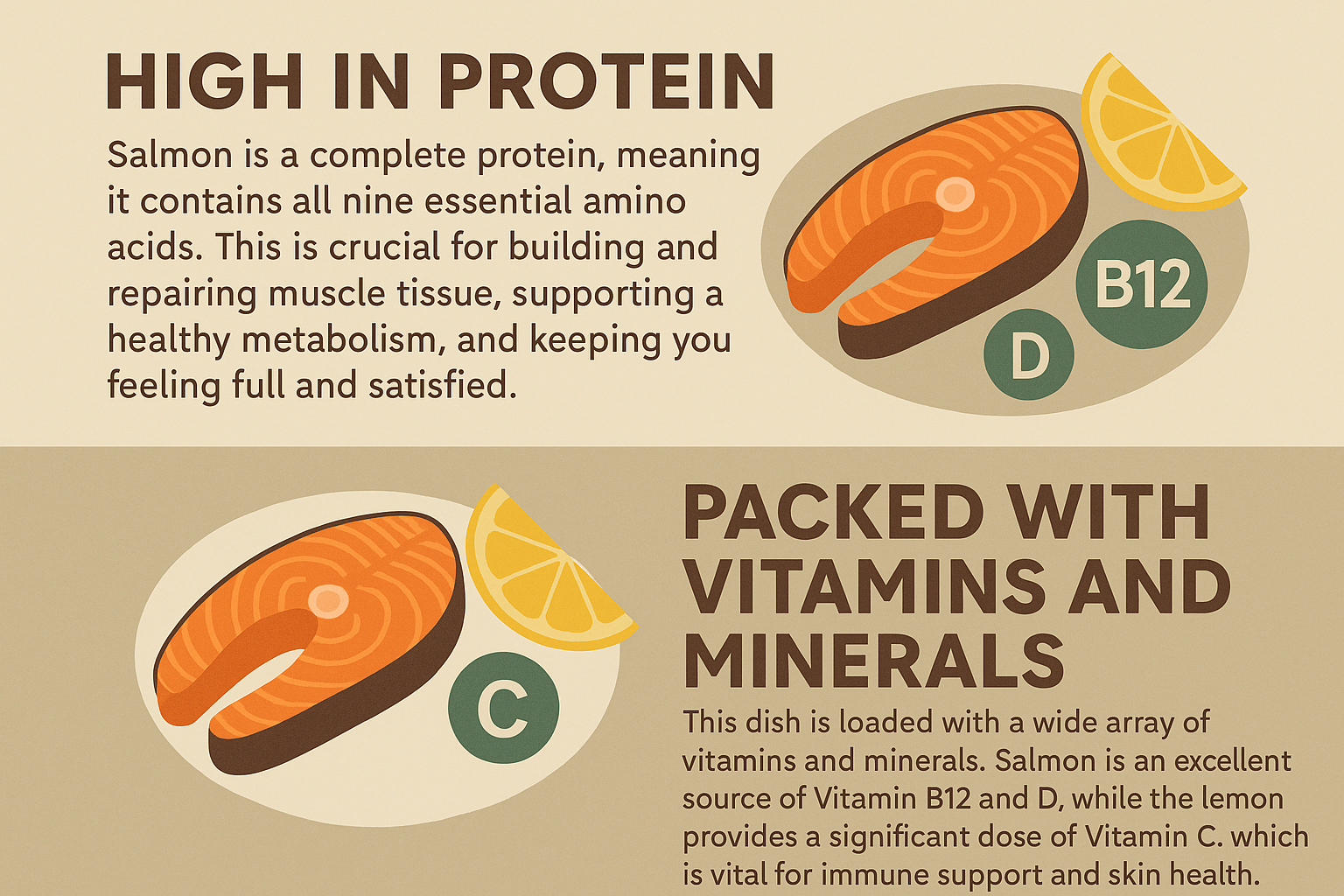

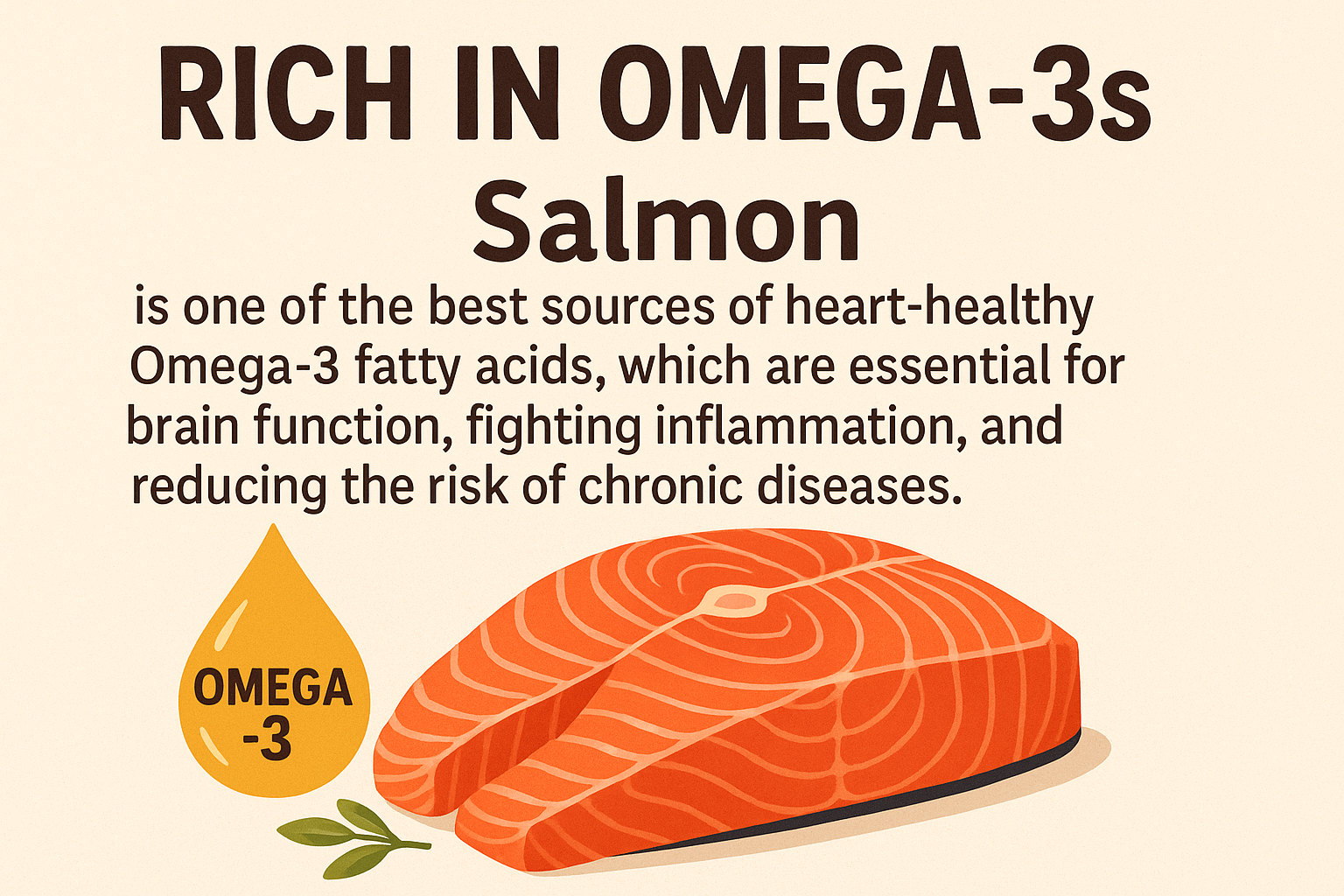
The gallery shows the benefits of Salmon. The first image shows the protein and minerals. The next shows the brain and heart health. And the final image, shows the benefits of Omega-3, in salmon.
Variations: Customize Your Baked Lemon Salmon
One of the best things about this Baked Lemon Salmon is its incredible adaptability. Don’t be afraid to get creative and tailor it to your taste or dietary needs.
| Variation Category | Ideas for Customization |
| Herb Swaps | Rosemary & Thyme: For an earthy, aromatic flavor, swap the dill for fresh rosemary and thyme sprigs. Parsley & Chives: For a fresher, more subtle flavor, use a blend of fresh parsley and chopped chives. Cilantro & Lime: For a zesty, South American twist, use chopped cilantro and lime slices instead of dill and lemon. |
| Flavor Boosts | Spicy Kick: Add a pinch of red pepper flakes or a dash of cayenne pepper to the seasoning mixture. Sweet Glaze: For a slightly sweet and tangy finish, brush the salmon with a tablespoon of honey or maple syrup mixed with the seasonings before baking. Umami Notes: Add a teaspoon of low-sodium soy sauce or a dash of mushroom powder to the olive oil mixture. Garlic Lovers: Use 2-3 cloves of fresh minced garlic instead of garlic powder for a more potent flavor. |
| Vegetable Pairings | Asparagus: Lay fresh asparagus spears in the baking dish with the salmon and drizzle with the same seasoning. Broccoli: Toss broccoli florets with a little olive oil and salt and roast them alongside the salmon. Cherry Tomatoes: Halve cherry tomatoes and scatter them around the salmon in the baking dish; they will burst and create a sweet sauce. |
| Serving Suggestions | Grain Bowl: Serve the salmon over a bed of quinoa, farro, or brown rice. Salad Topper: Flake the cooked salmon and add it to a fresh spinach or arugula salad with a light vinaigrette. Low-Carb: Pair the salmon with a side of steamed green beans or roasted zucchini noodles. |
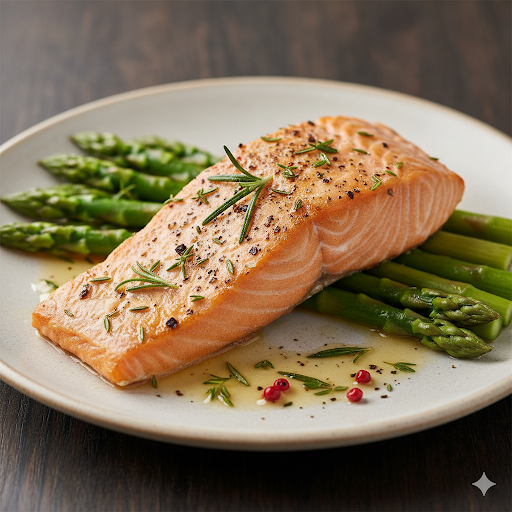
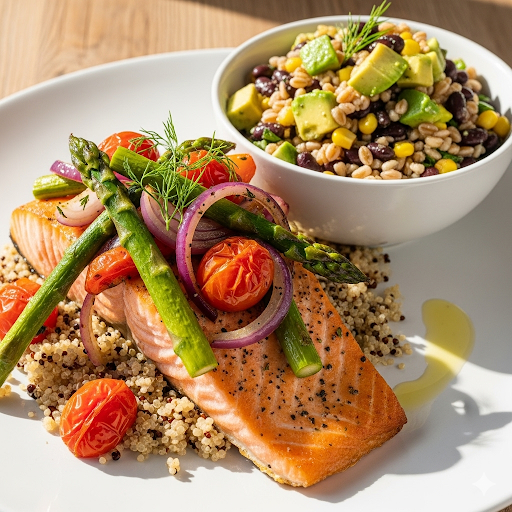

The gallery shows salmon with Asparagus, the next is salmon with grains and the final palte shows salmon with broccoli.
Final Thoughts on Your Quick Baked Lemon Salmon
There you have it—a comprehensive guide to creating a delicious and healthy Baked Lemon Salmon that is not only incredibly easy to make but also packed with flavor and nutrition. This recipe is designed to be your weeknight hero, rescuing you from the dilemma of “what’s for dinner?” with a satisfying and healthy answer. By keeping the instructions clear and offering a variety of customization options, we hope to empower you to make this dish your own, adapting it to your preferences and whatever fresh ingredients you have on hand.
Don’t let the simplicity fool you; this salmon delivers on taste, texture, and health benefits, making it an ideal choice for anyone looking to eat well without the fuss. We encourage you to give it a try this week and experience firsthand how a truly quick and delicious dinner can transform your routine. Share your creations, experiment with new ingredients, and enjoy the journey of effortless, healthy home cooking. Get ready to put this recipe on repeat!
Frequently Asked Questions (FAQs)
Q1: Can I use frozen salmon for this recipe?
A1: Yes, you can! Frozen salmon works perfectly for this recipe. Just be sure to thaw it completely before you begin the preparation steps. The best way to thaw it is to place the frozen fillet in the refrigerator overnight. If you’re in a hurry, you can thaw it in a sealed bag under cold running water for about 30 minutes. Be sure to pat it very dry before seasoning to ensure the best texture and flavor.
Q2: How do I know if my salmon is cooked properly?
A2: The best way to tell if your salmon is done is by checking its flakiness. Gently press on the top of the thickest part of the fillet with a fork. If the flesh separates easily into flakes, it’s ready. The color should also be opaque and pale pink all the way through, not translucent. If you have a meat thermometer, the internal temperature should be at least 145°F (63°C) at its thickest point.
References
- Harvard T.H. Chan – Fish: Friend or Foe?
- American Heart Association – Fish and Omega-3 Fatty Acids
- U.S. Department of Agriculture –Salmon
Recent Posts
